The environment can provide depth to the study of history-social science, including the influence of geography on human settlements, the availability and conservation of natural resources, and the location of trade routes.
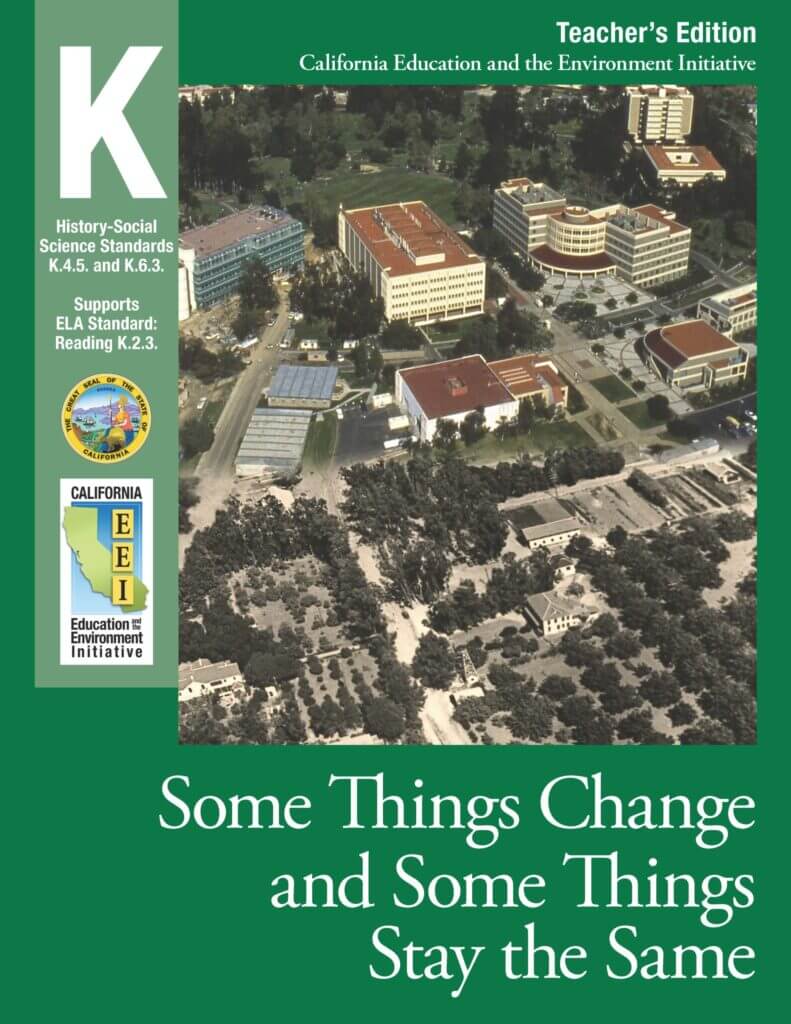
Students become familiar with the idea that history relates to events, people, and places of other times.
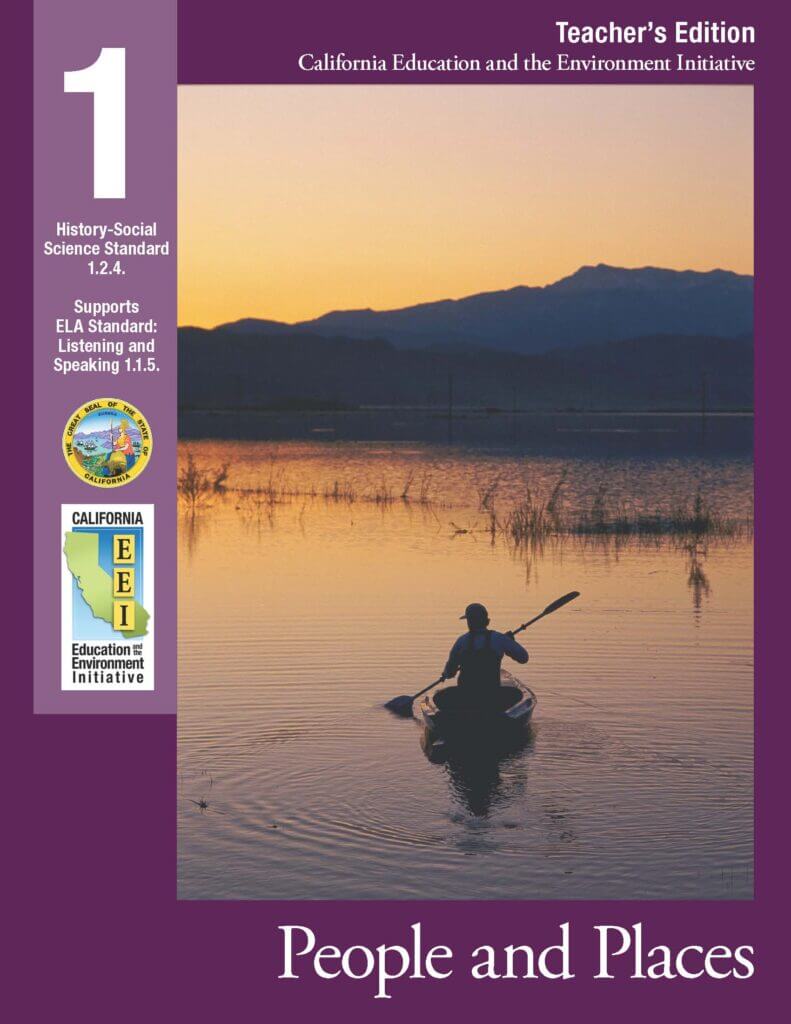
Human activities can change natural systems and these changes can affect how people live.
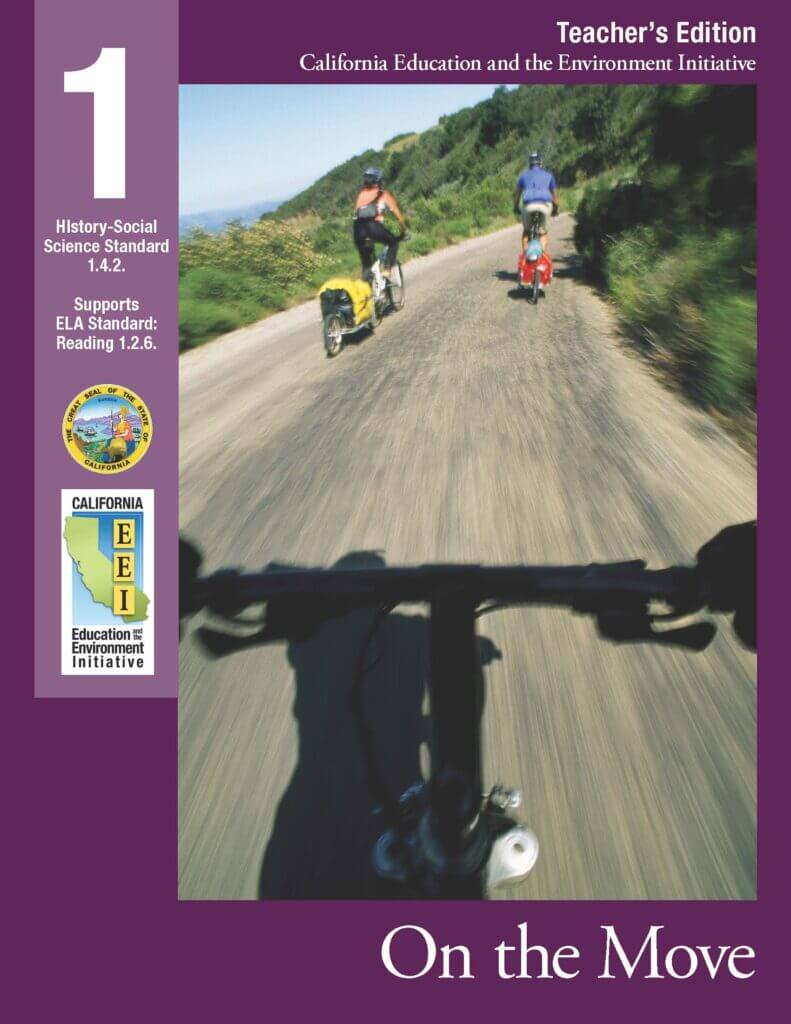
With a focus on transportation changes, students learn how the methods of the past and present rely on ecosystem goods and services provided by natural systems.
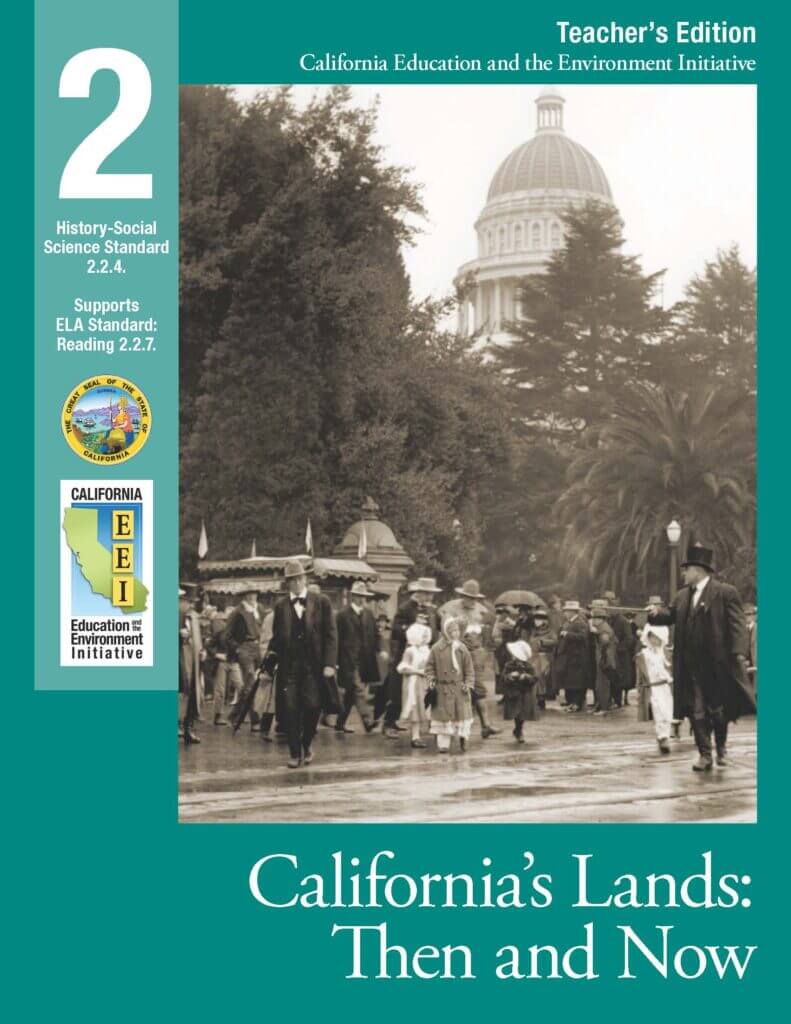
This unit focuses on land use patterns in California and how these patterns have changed over time.
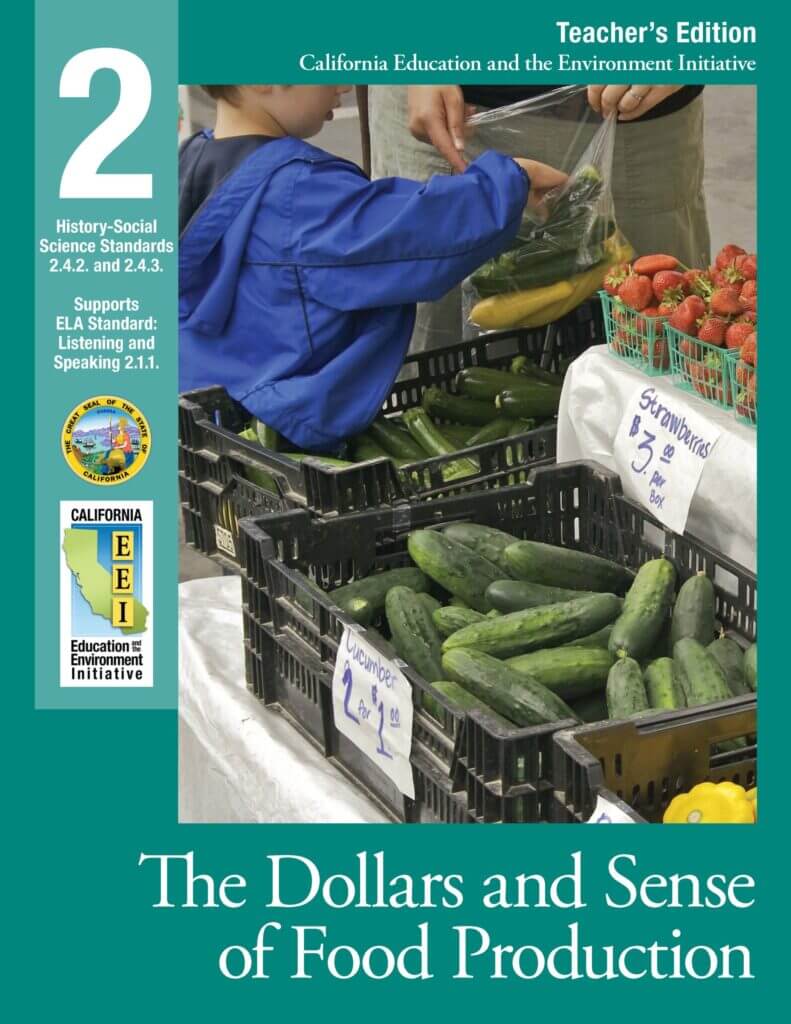
Food production depends on the availability of limited natural resources. Decisions about what to produce and what to consume can be affected by the quality, quantity, and reliability of the resources provided by natural systems.
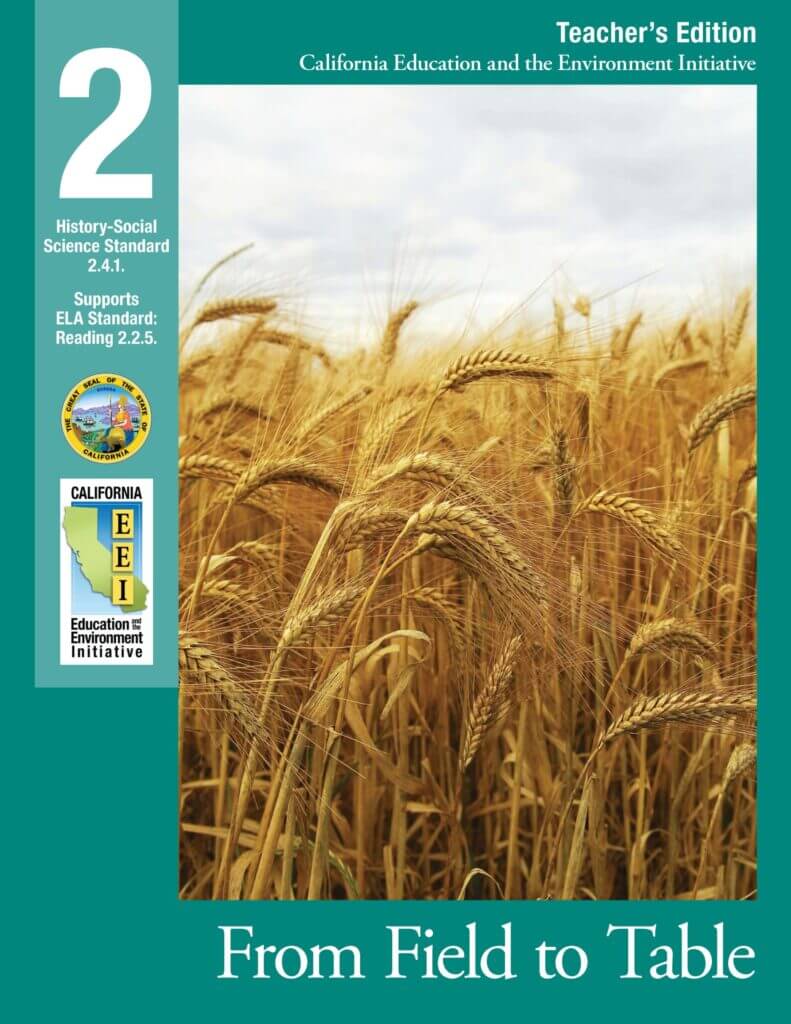
This unit teaches students about food production and consumption, both long ago and today.
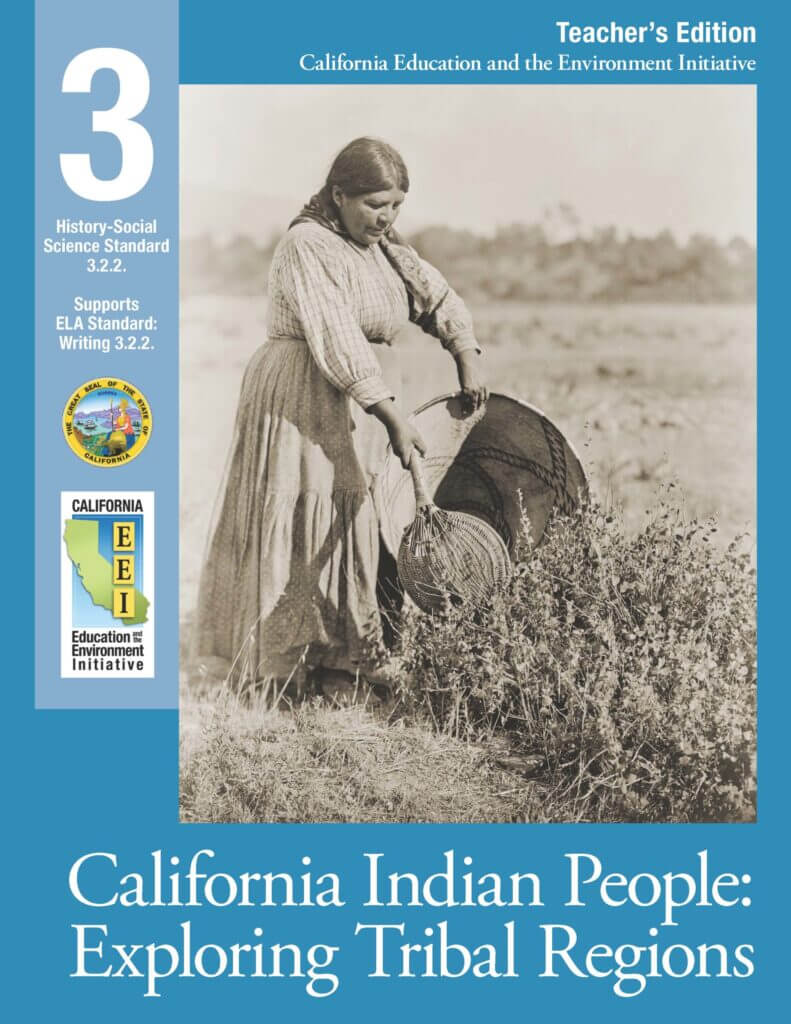
Explore the interactions between the California Indian nations (peoples) and the components and processes of the natural systems in their local region.
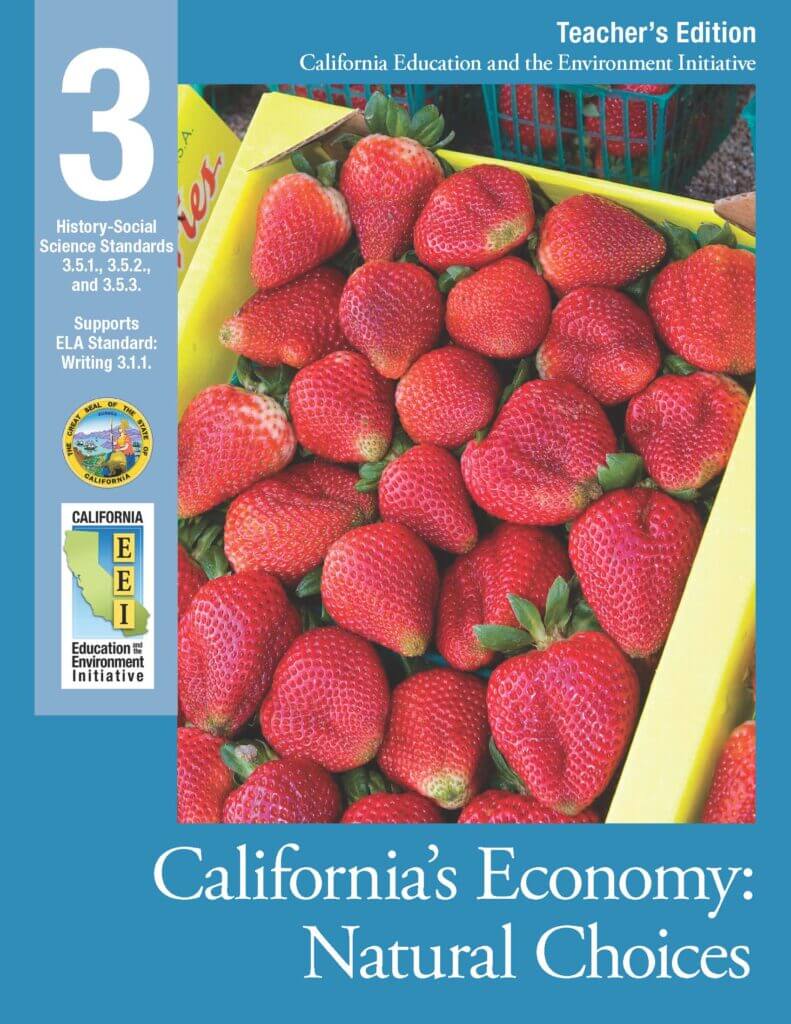
Local producers have used and are using natural resources, human resources, and capital resources to produce goods and services.
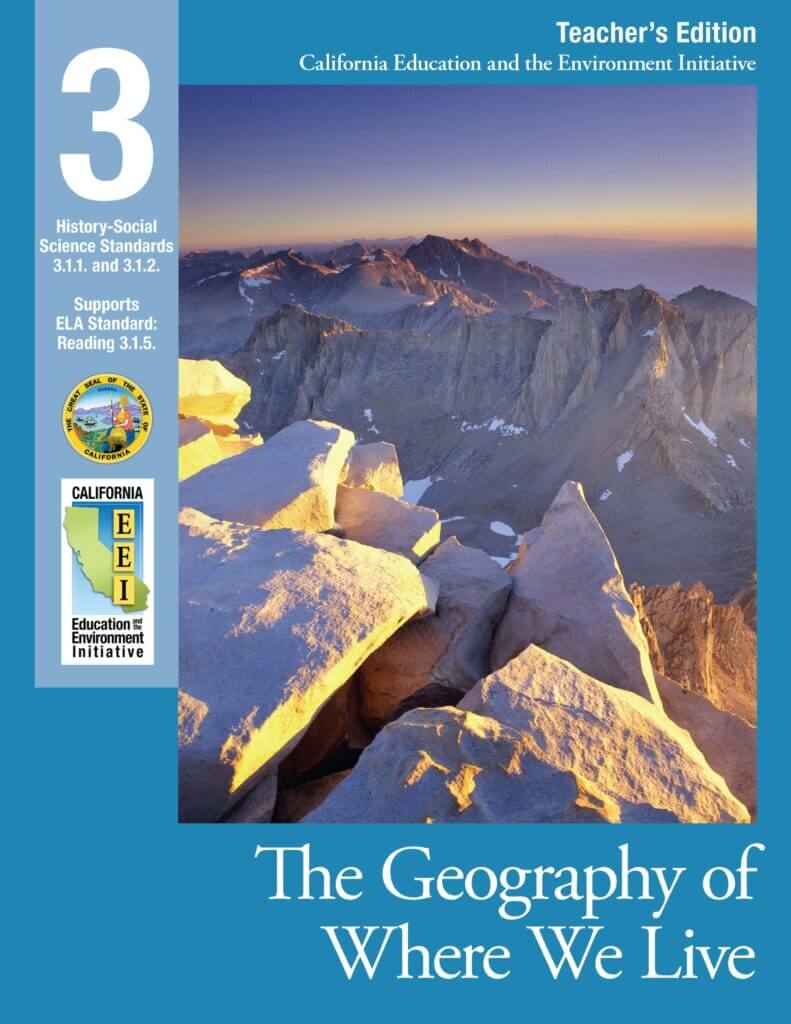
This unit uses a series of wall maps to help students learn about their local region: the deserts, mountains, valleys, hills, coastal areas, oceans, and lakes.
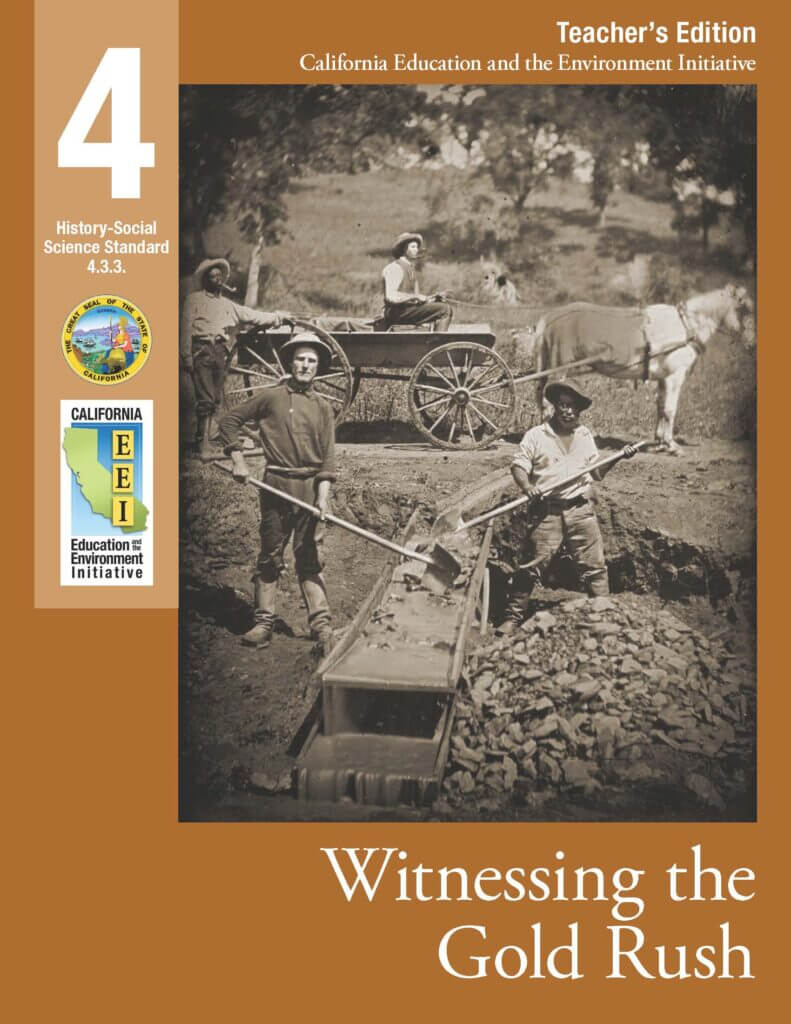
The search for gold and the influx of settlers influenced the natural environment (rivers, forests, mountains, valleys), and placed great demands upon our state’s natural and social resources.
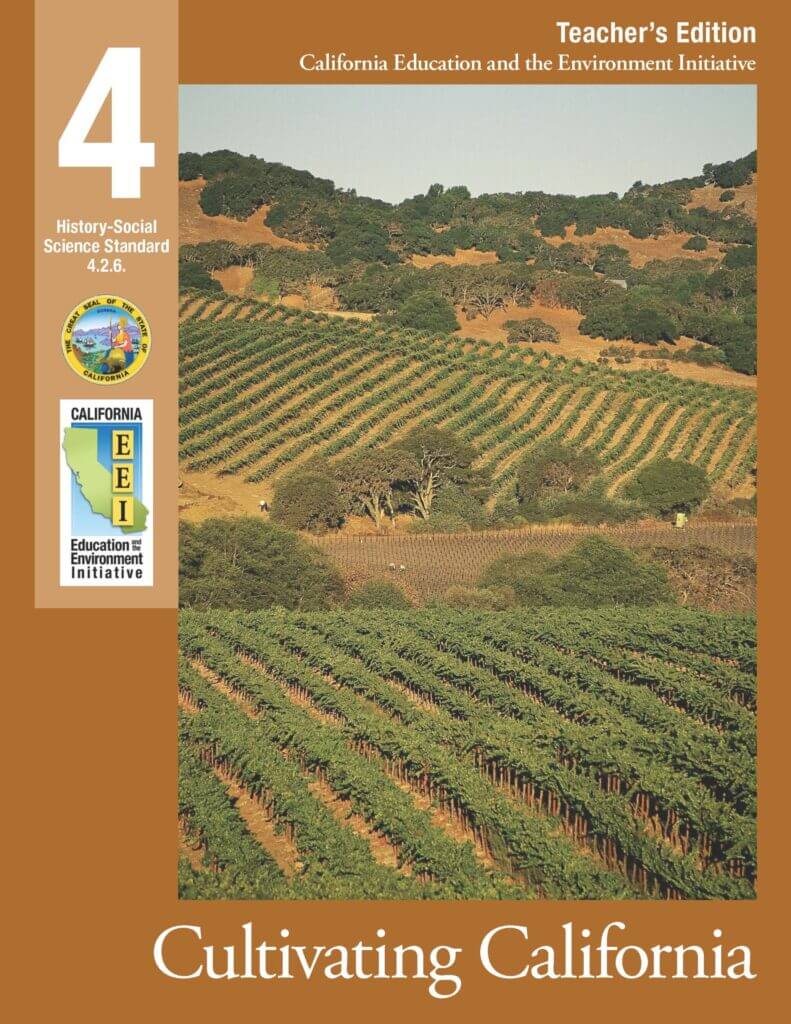
This unit provides an environmental framework for discussing the role of the Franciscan missionaries in changing the economy of California.
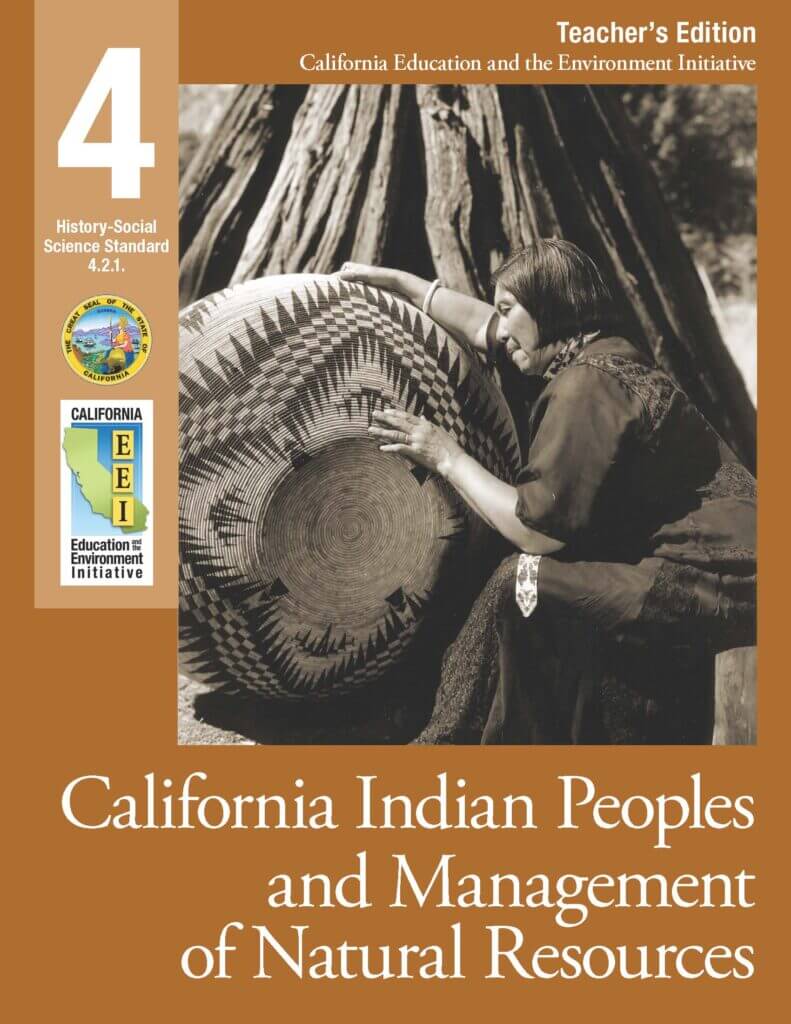
Students compare the ecosystem goods and services available to California Indian people of the past, their worldviews, how they used and manage resources, and how they established trade networks to access goods from far-off regions.
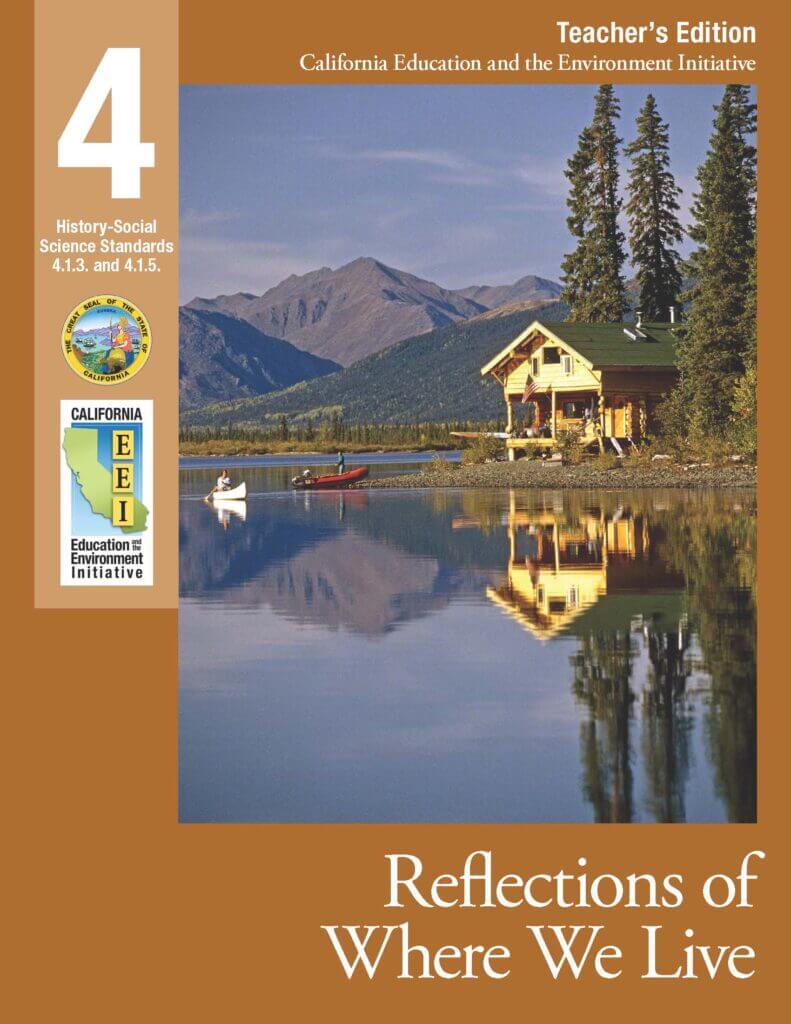
Different aspects of human activity reflect the physical features of the environment in which they live.
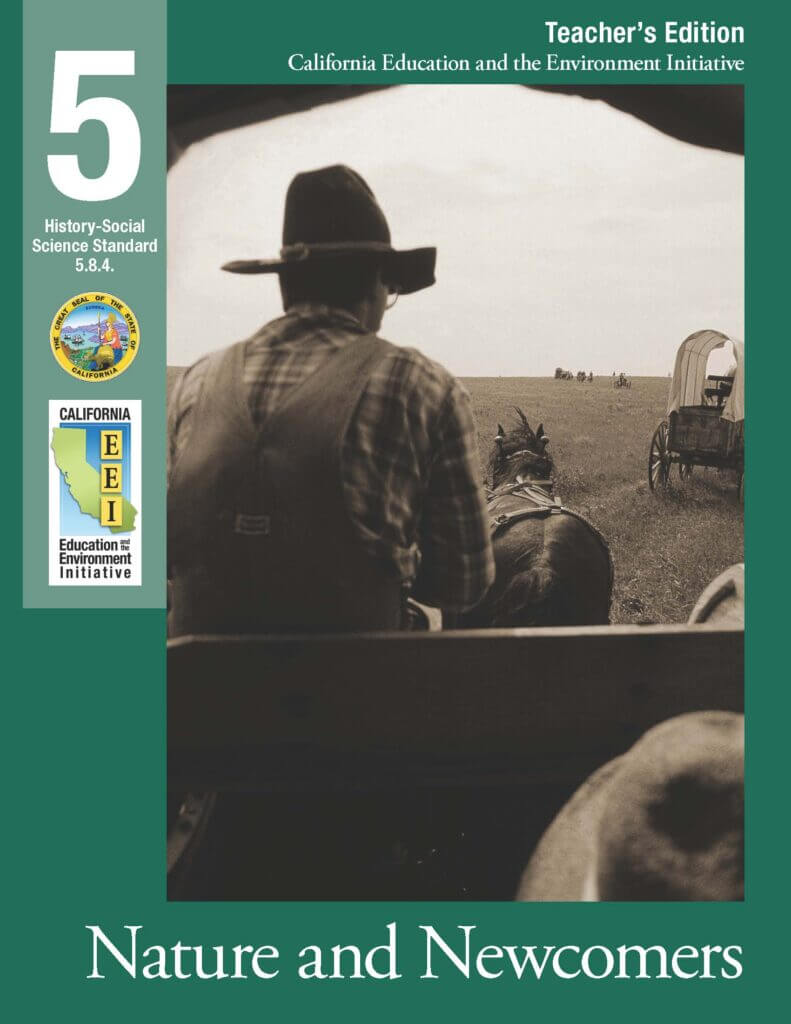
Uncover connections between the natural environment (natural systems and resources) and the built environment (the ways that human beings attempt to influence the natural world).
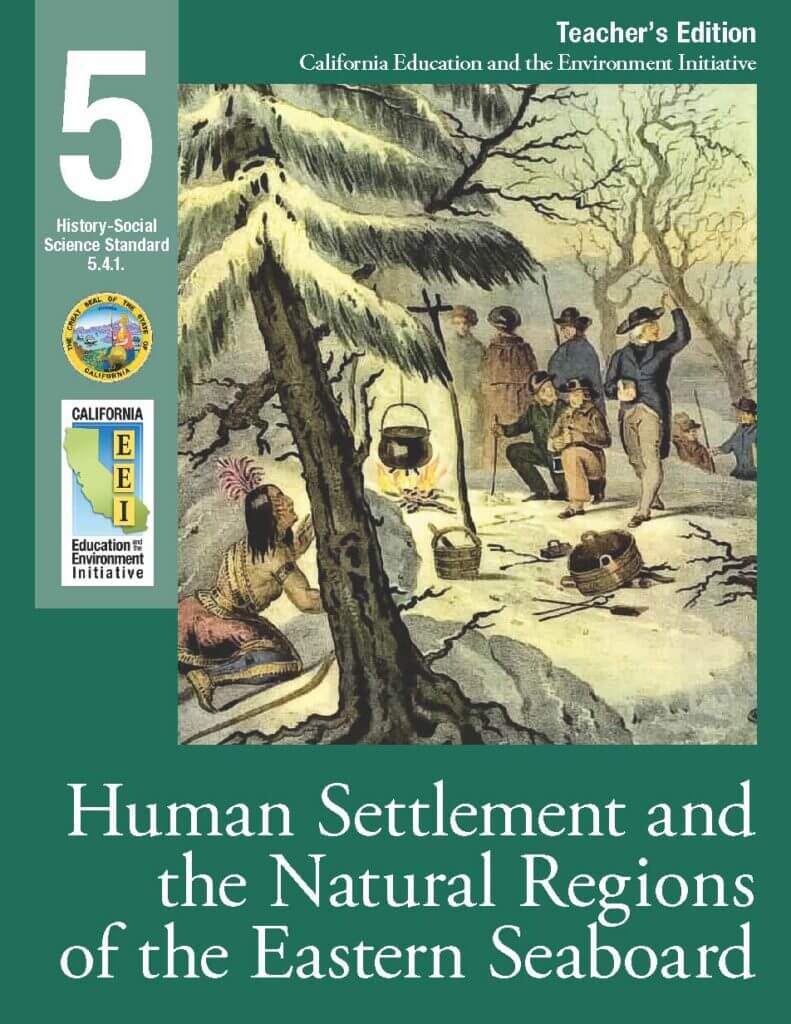
Explore the human settlement and natural features of the eastern seaboard, including the physical locations of the American Indian nations and the 13 colonies from the 1600’s to 1763.
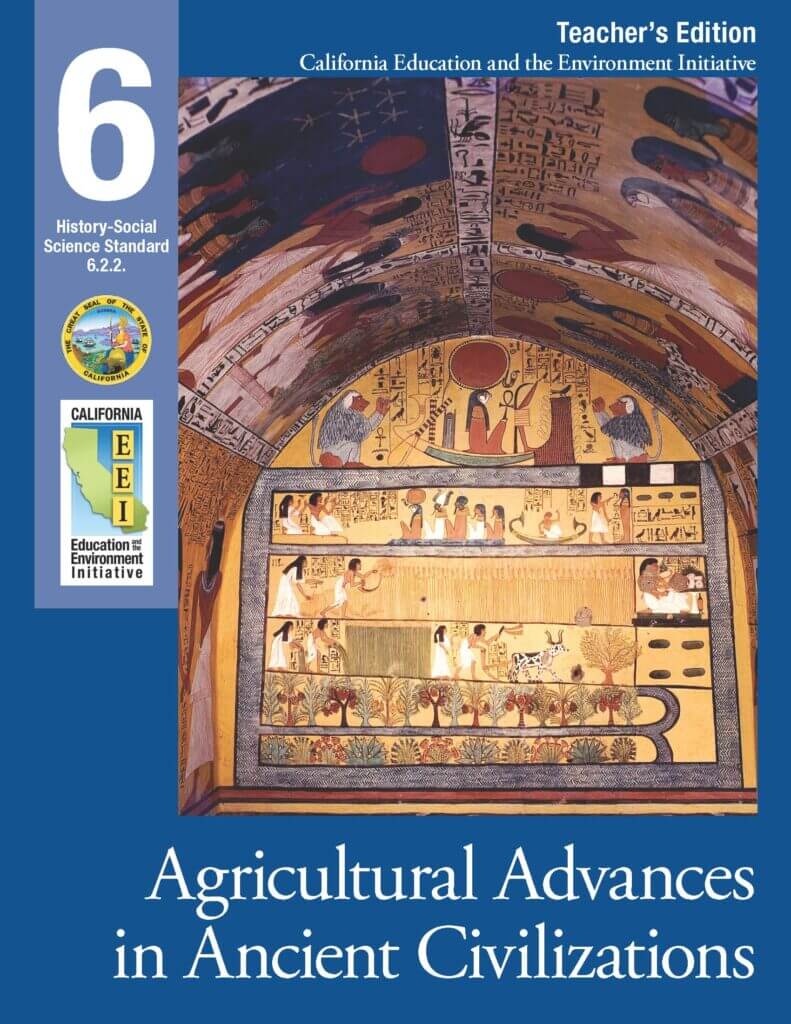
Learn about the importance of nature and natural cycles as well as the development of political, economic, religious, and social structures of the early civilizations of Mesopotamia, Egypt, and Kush.
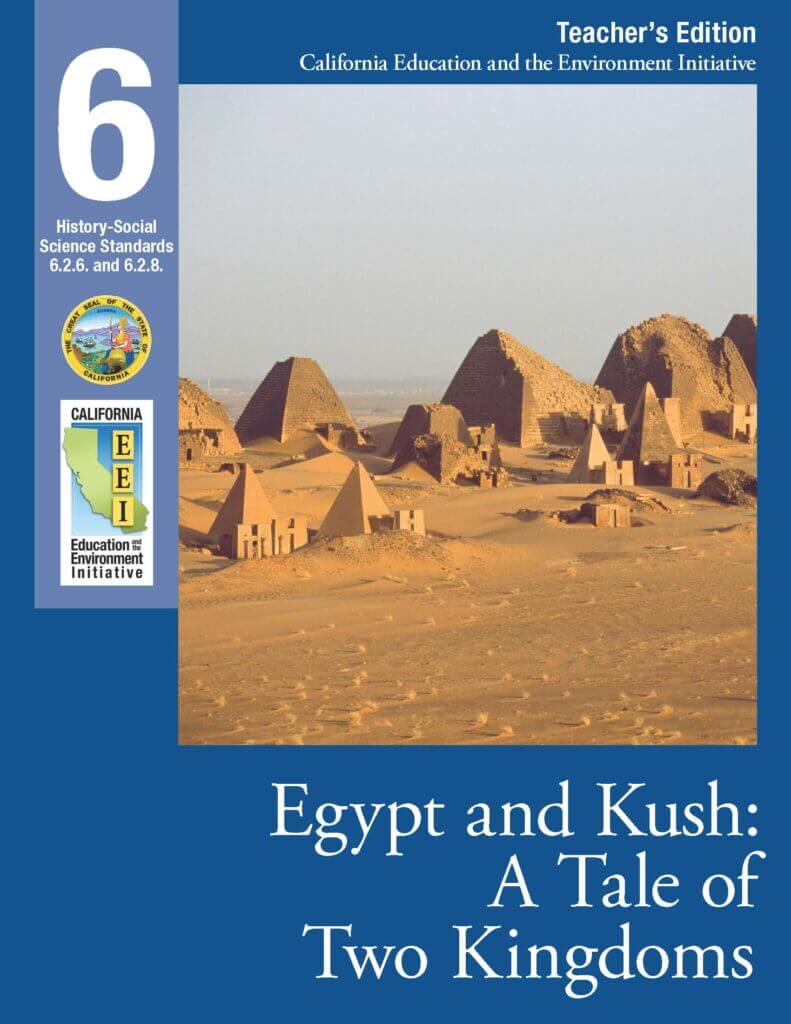
The unique geography of the Nile Valley region and its myriad of natural resources supported extensive cultures and a vast network of trade.
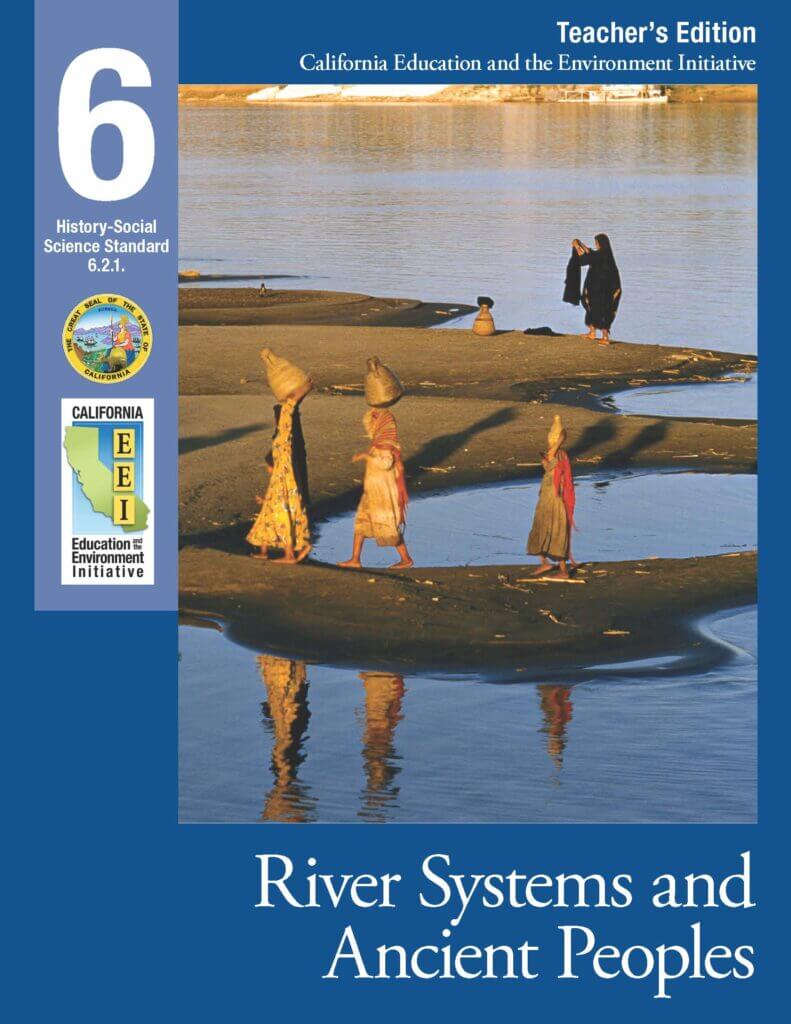
Learn to connect cycles, flow, and the role of rivers in ecosystems to the rise of the world’s oldest cities in ancient Mesopotamia and Egypt.
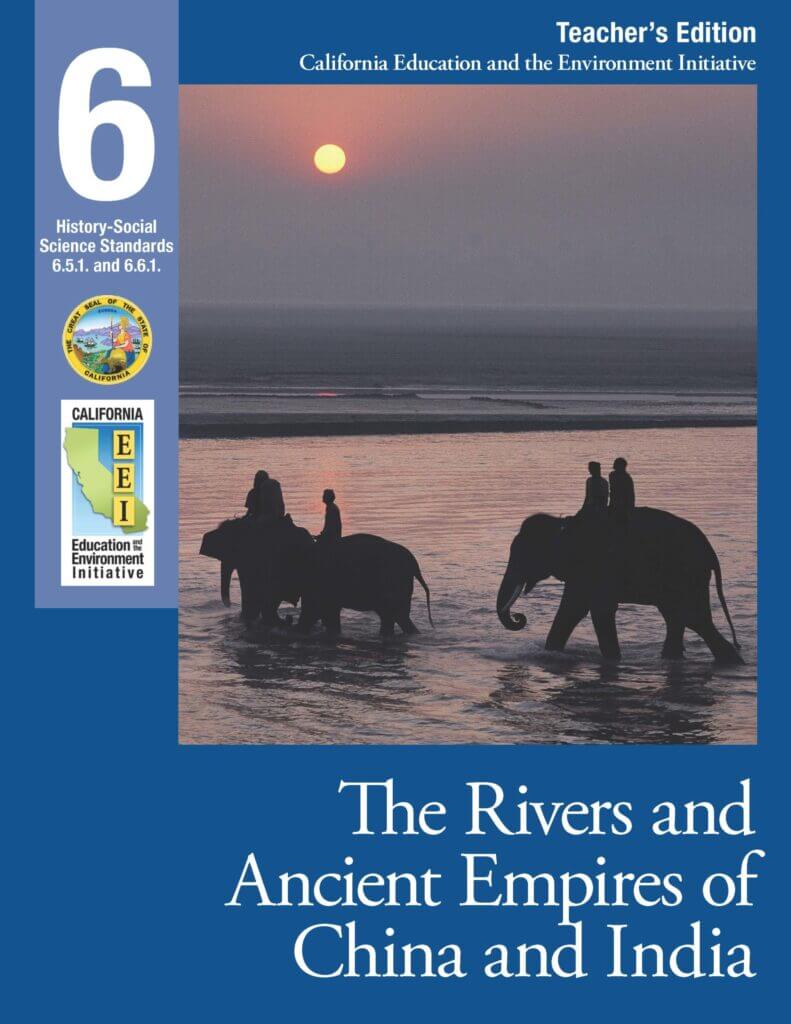
Geographic and climatic factors contributed to the rise of great dynasties in India and China and the people depended on the ecosystem goods and services provided by the rivers.
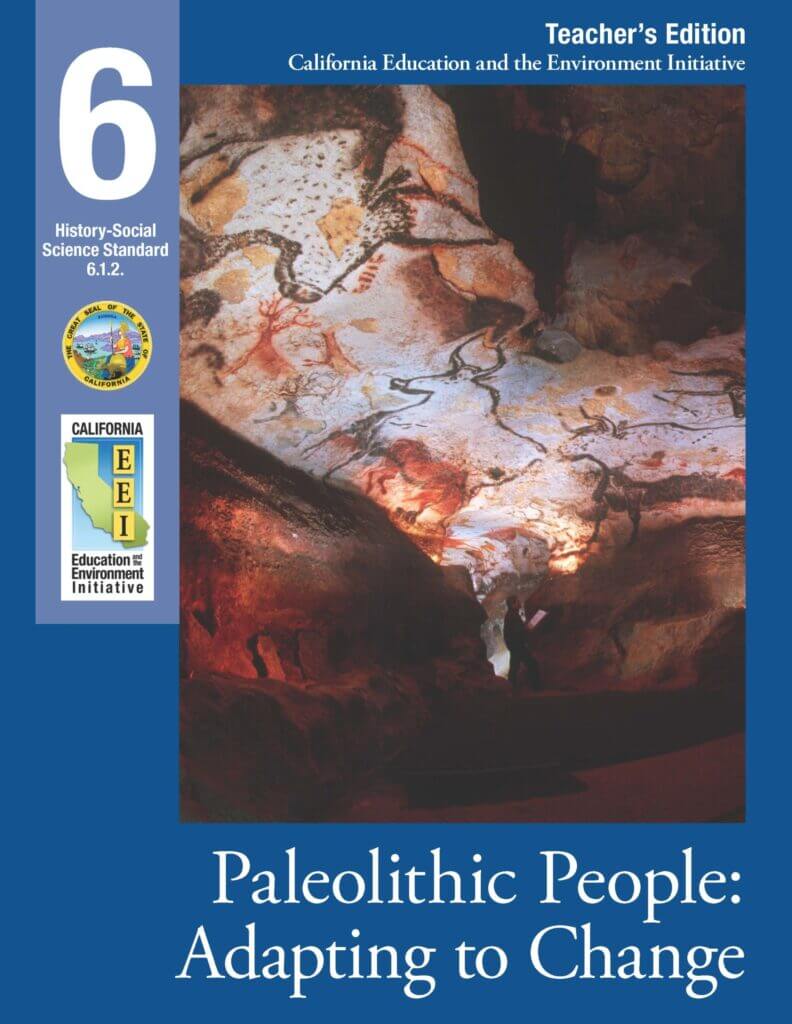
Compare the lifestyles of different Paleolithic cultures and the ecosystem goods and services upon which they depended.
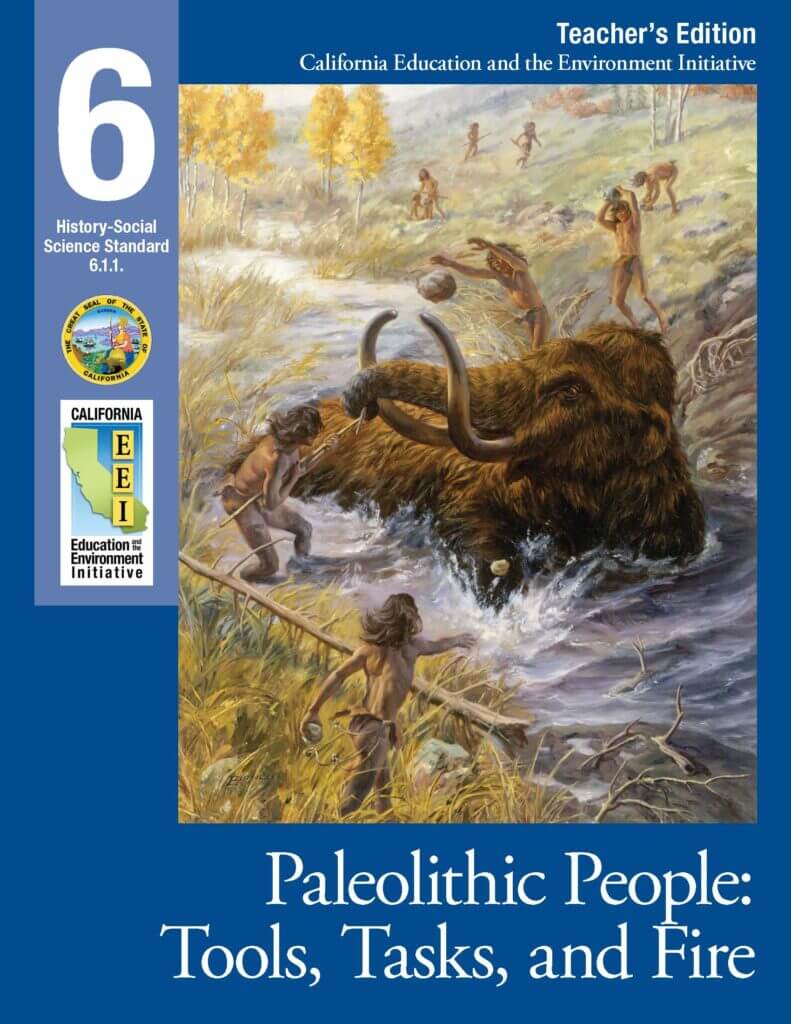
Explore the essential characteristics of scavenger/hunter-gatherer societies, including the development of tools and the use of fire.
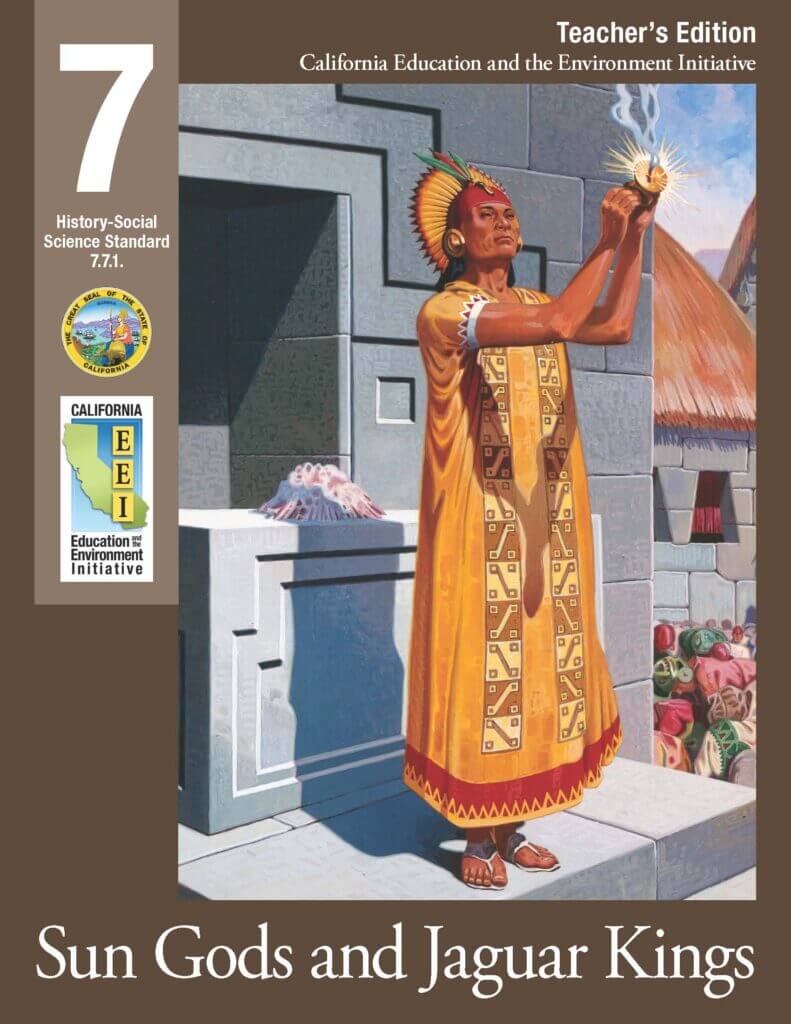
The diverse geography and natural resources of Central and South America set the stage for the rise of the first urban societies in this part of the world. (Maya, Aztec, and Inca civilizations).
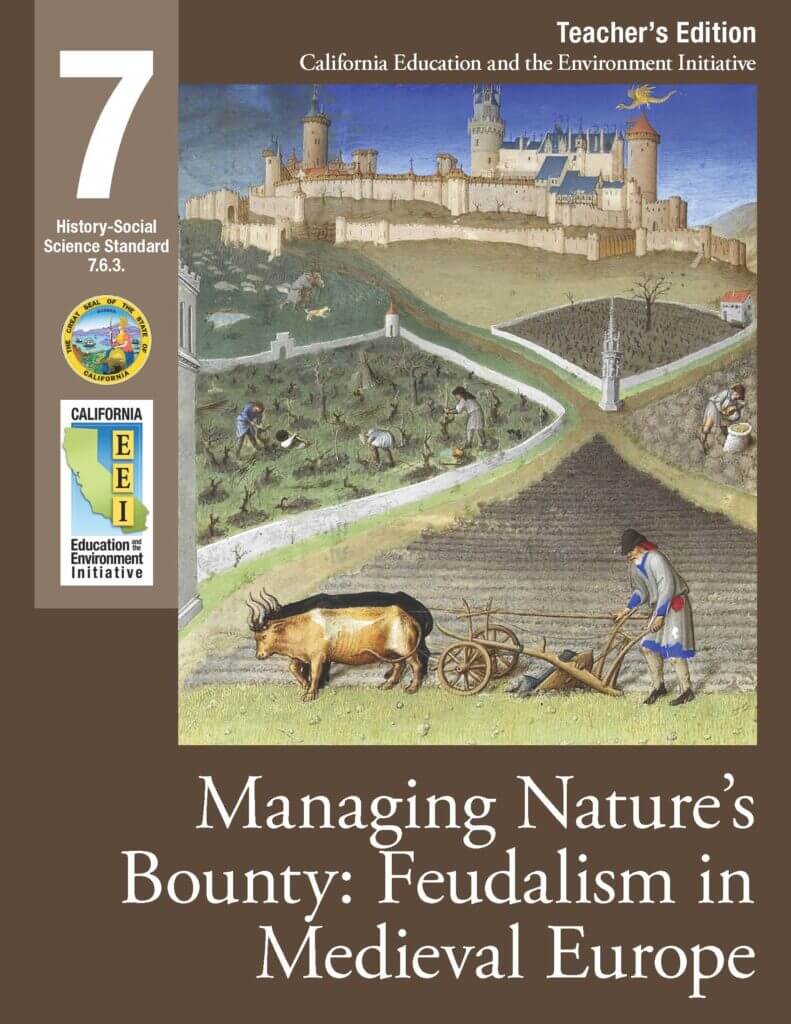
Feudalism served as a mechanism for controlling access to and the use of ecosystem goods and services in medieval Europe.
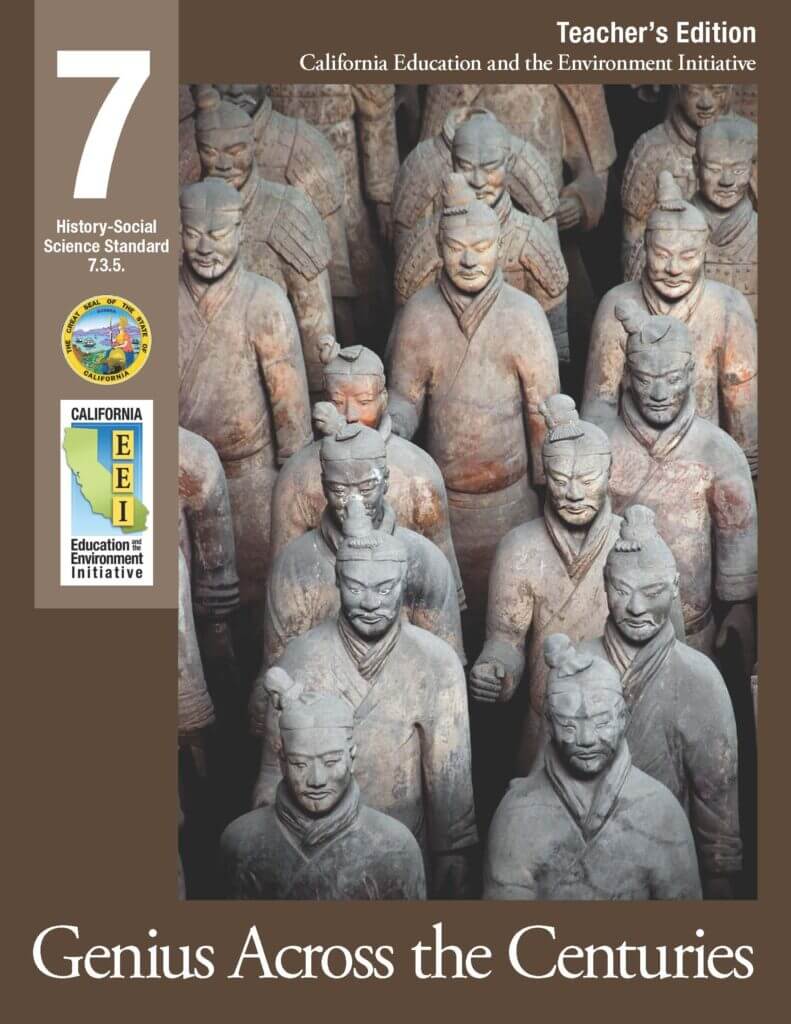
Chinese inventions and discoveries have influenced the natural and human systems of medieval China as well as the modern world.
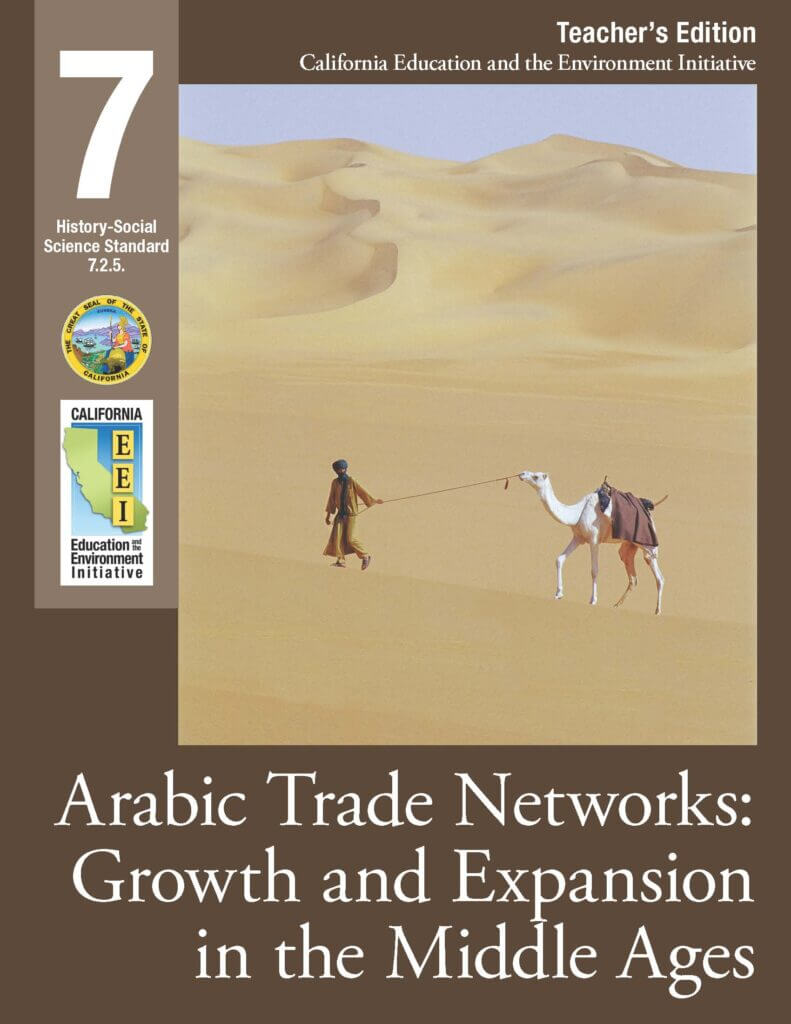
Students explore the relationships between components of the natural system and the social systems of Arabia, specifically those related to trade and commerce.
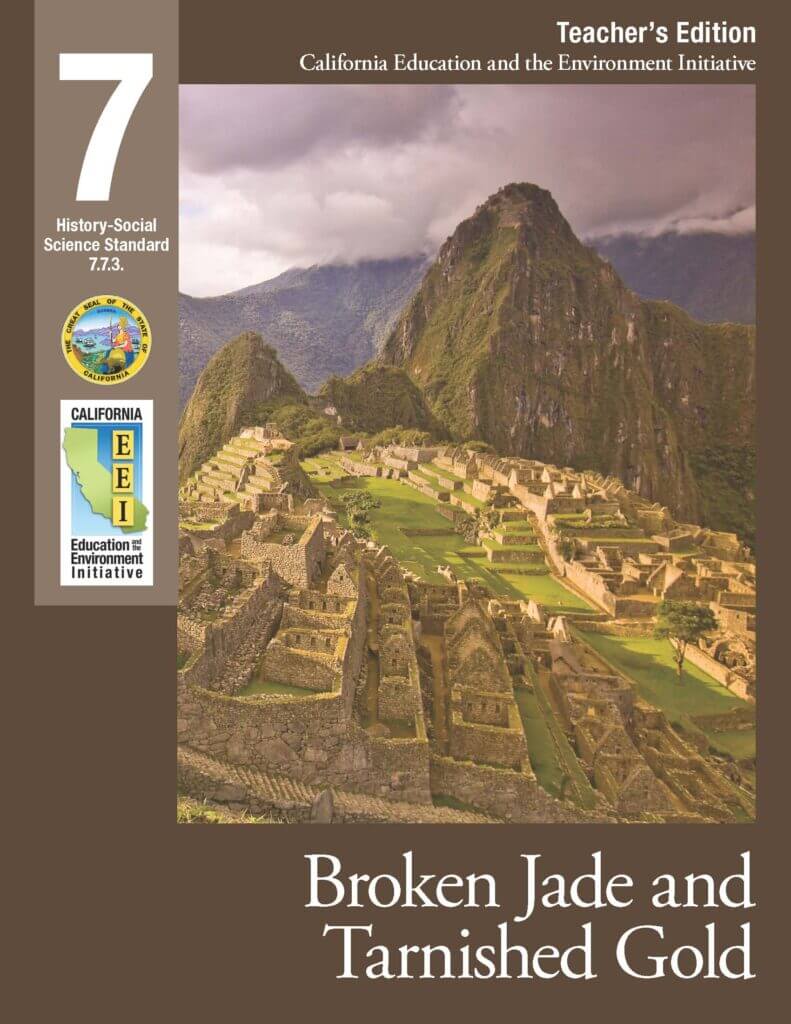
Building on students’ understanding of the diverse and resource-rich regions of Central and South America, this unit explores the rise and fall of the Aztec and Inca empires.
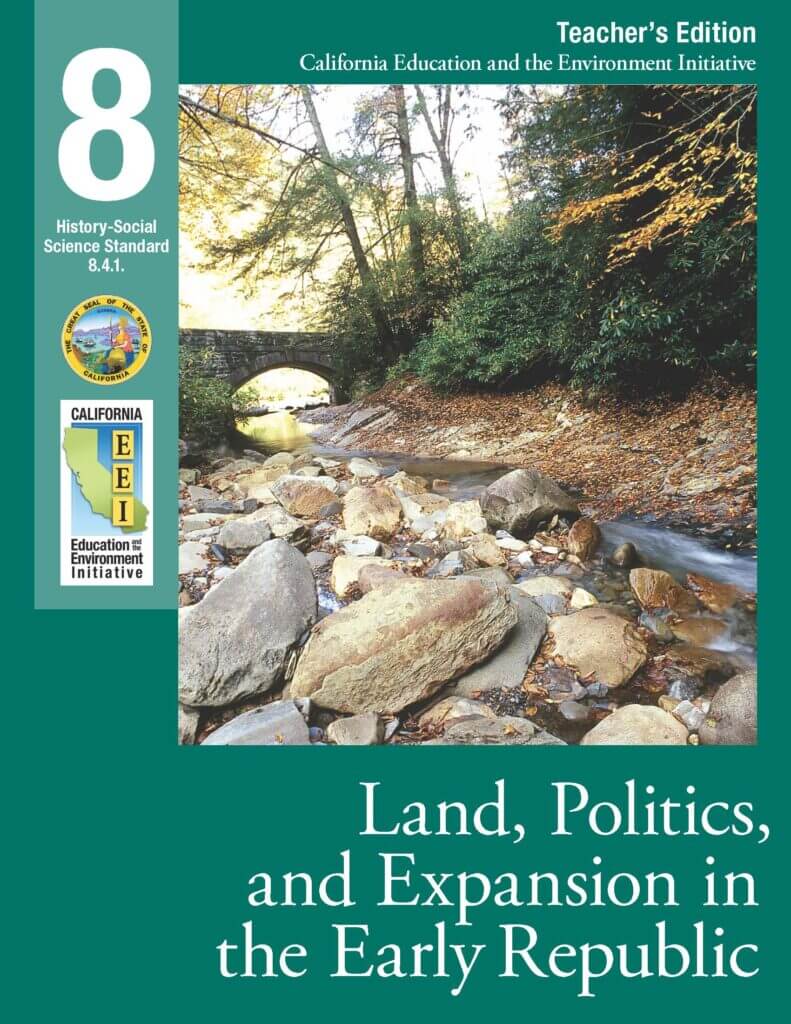
This unit teaches students about the physical landscape of the United States, political divisions, and territorial expansion during the terms of the first four US Presidents.
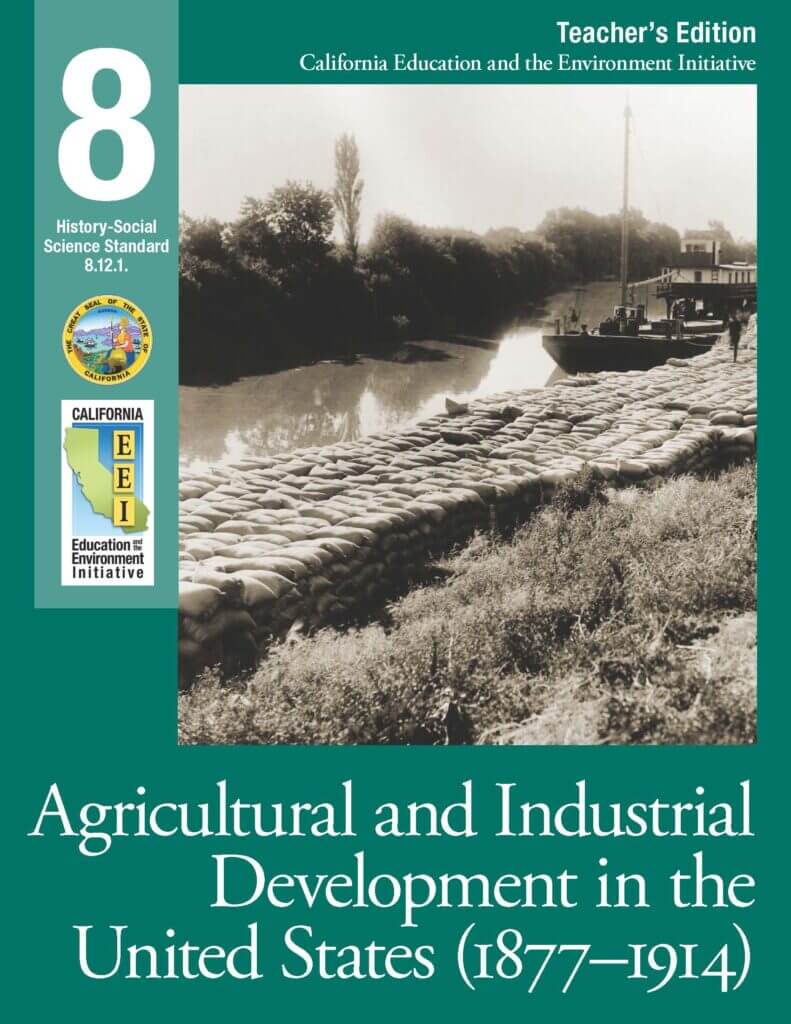
Examine the influence of urbanization and renewed industrialization at the turn of the century on natural systems and in defining the course of the United States into the 20th century.
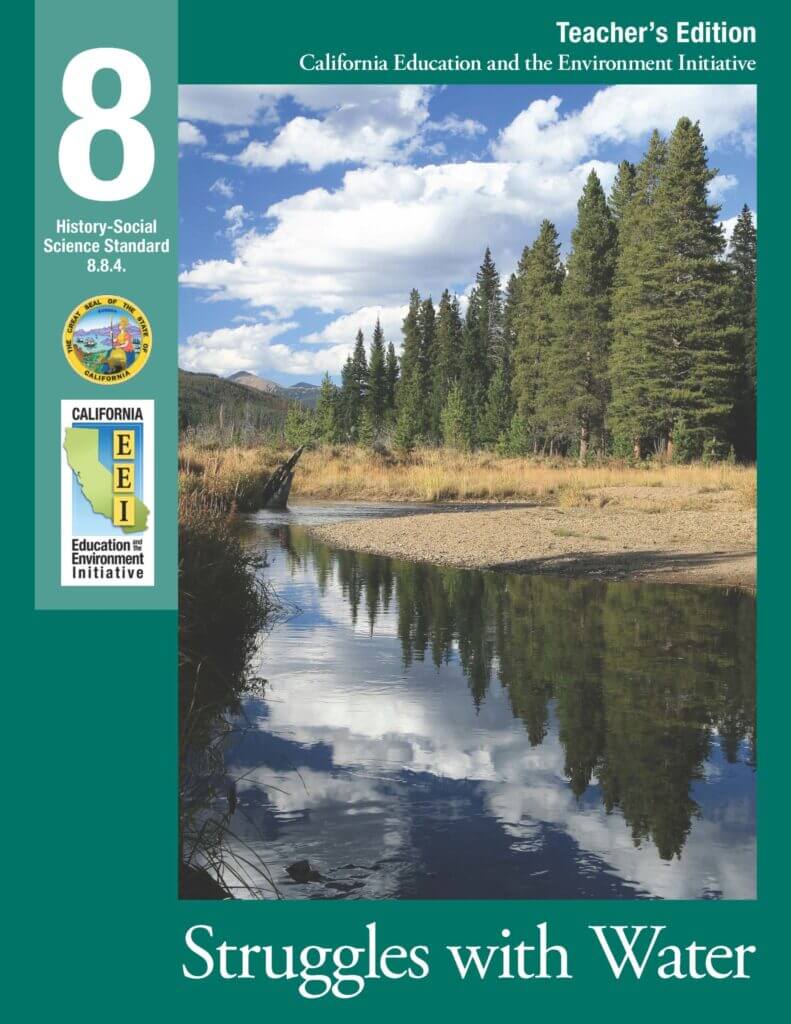
Students learn about the role the great rivers and other fresh water resources played in the United States in the early 1800’s.
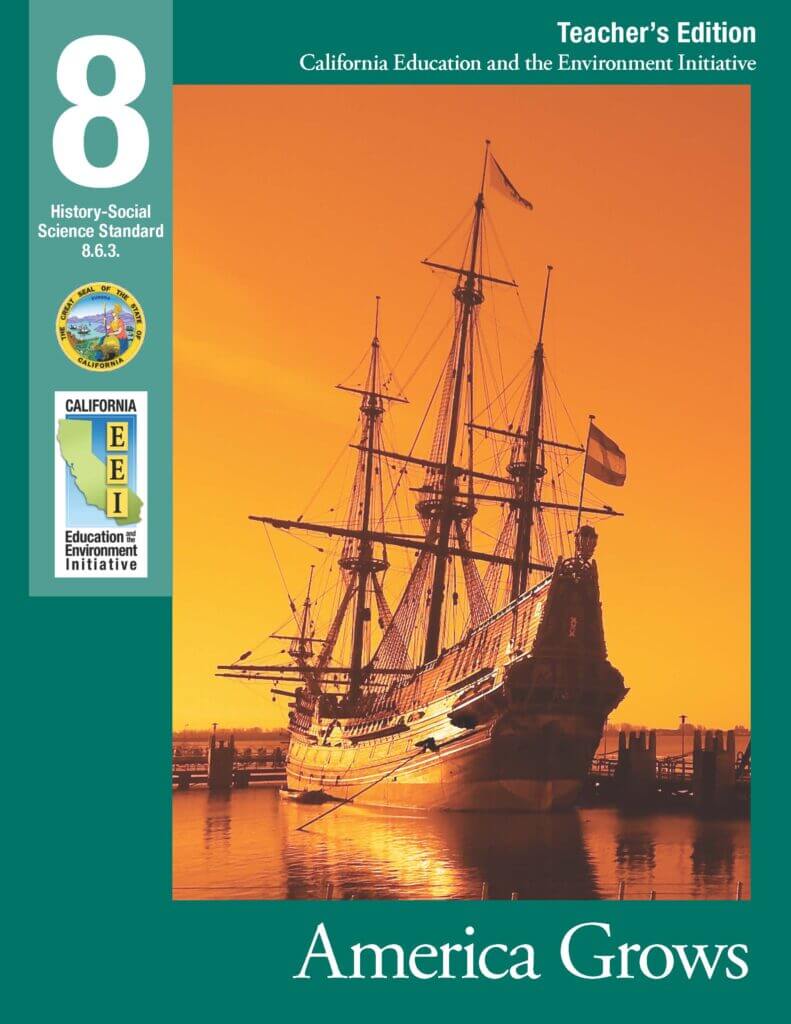
Explore human dependence upon ecosystem goods and services provided by natural systems by focusing on immigration from Northern Europe to the United States during the first half of the 19th century.
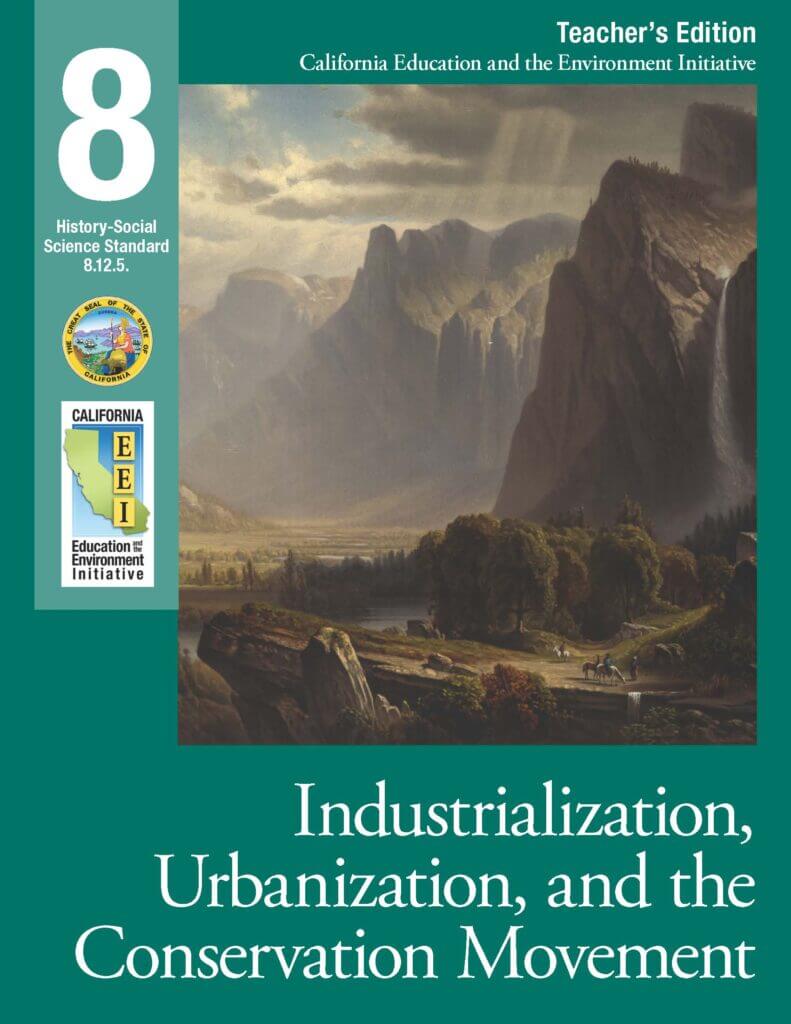
Students look closely at global economic imperative of the late 19th and early 20th century and its influence on the natural world through the development of the San Francisco Bay Area during this time.
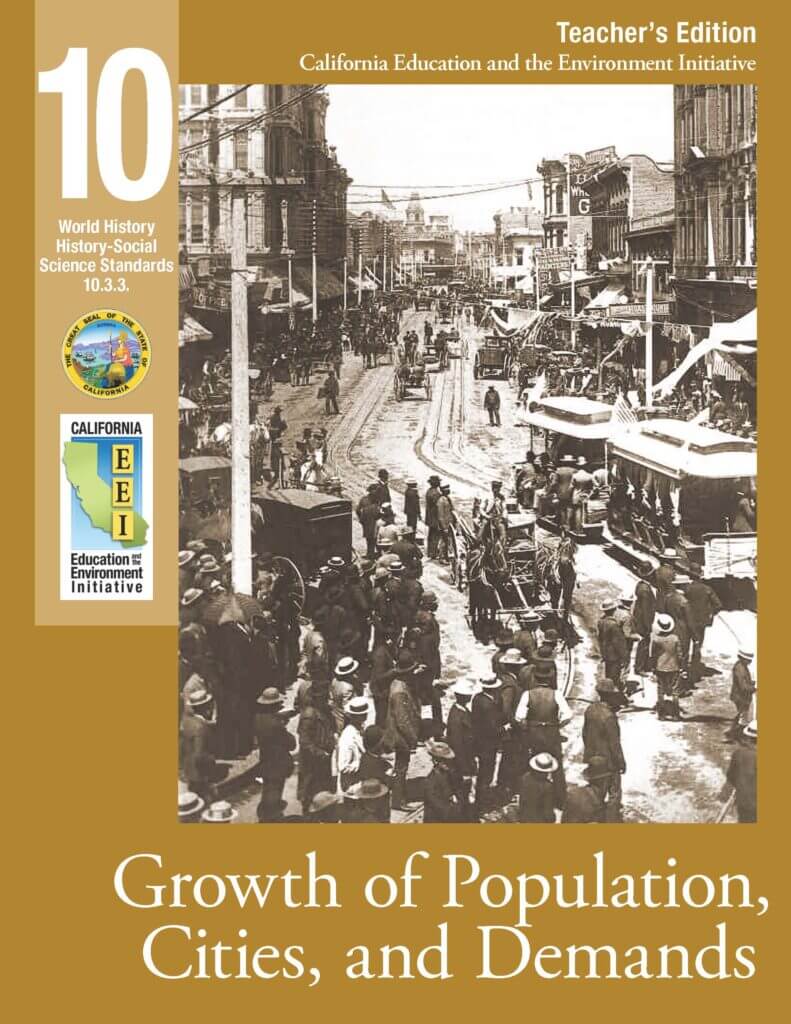
This unit teaches students about the relationship between the Industrial Revolution and the growth of urban centers around the world.
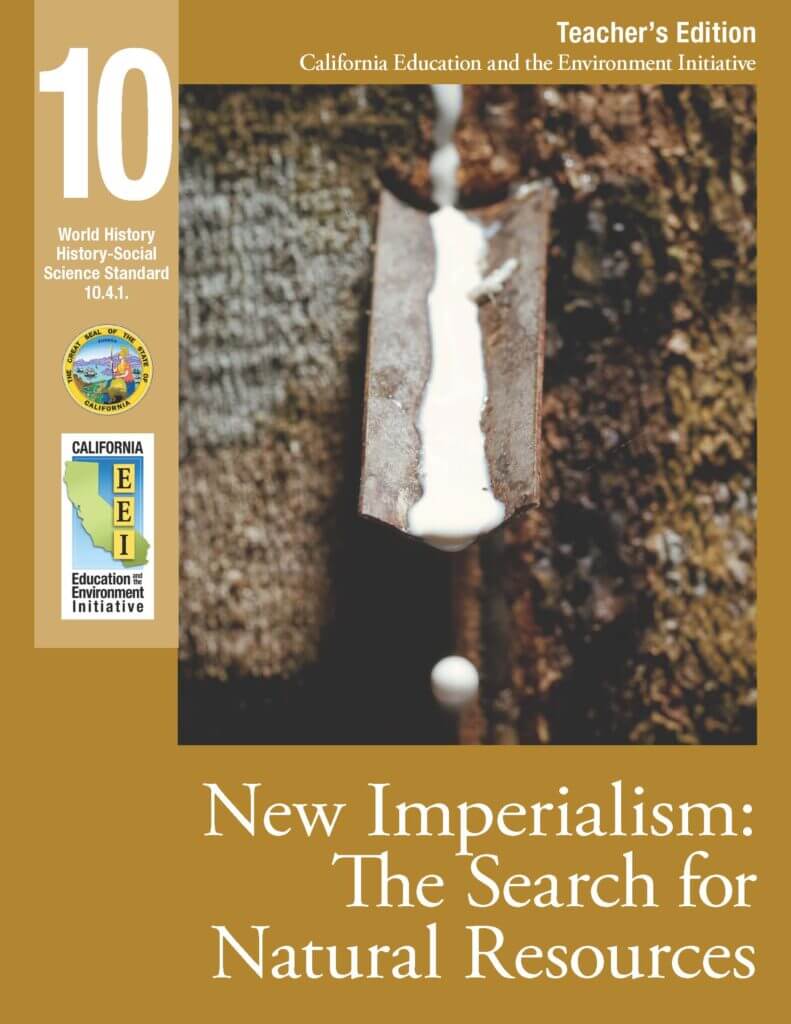
Investigate the decision-making processes used by industrializing nations in the mid-1800’s.
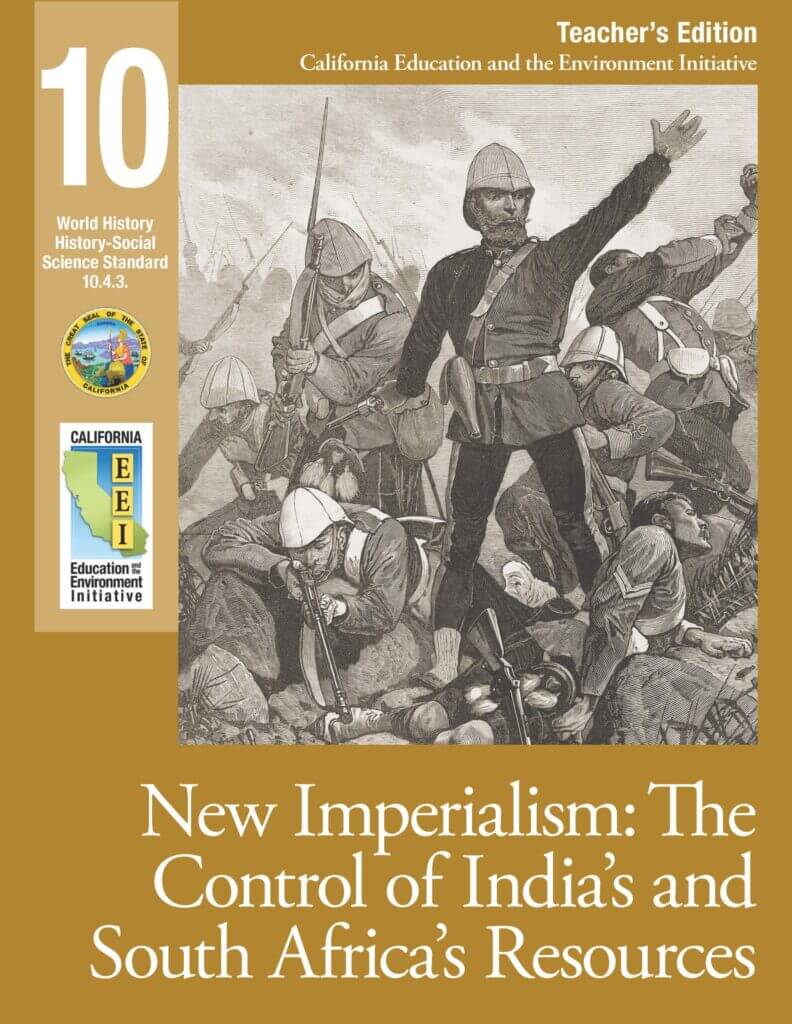
This unit focuses on colonial experiences in India and South Africa during British hegemony.
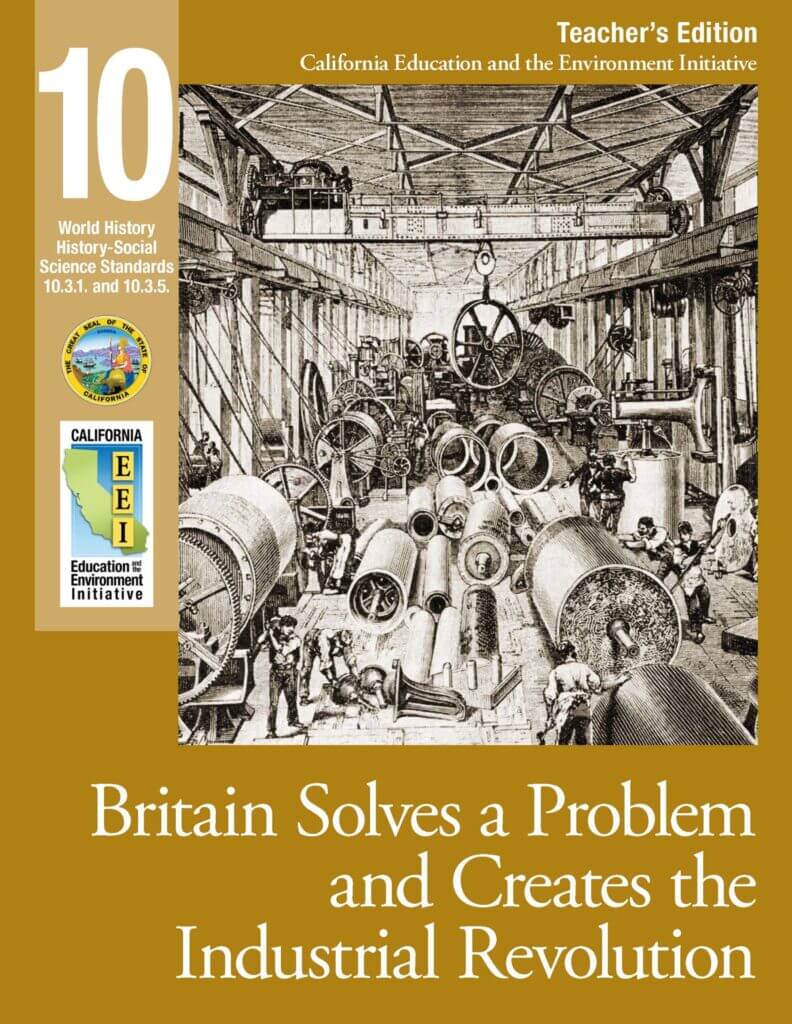
Students analyze ways that natural resources, entrepreneurship, labor, and capital combined to produce key events and processes in the Industrial Revolution.
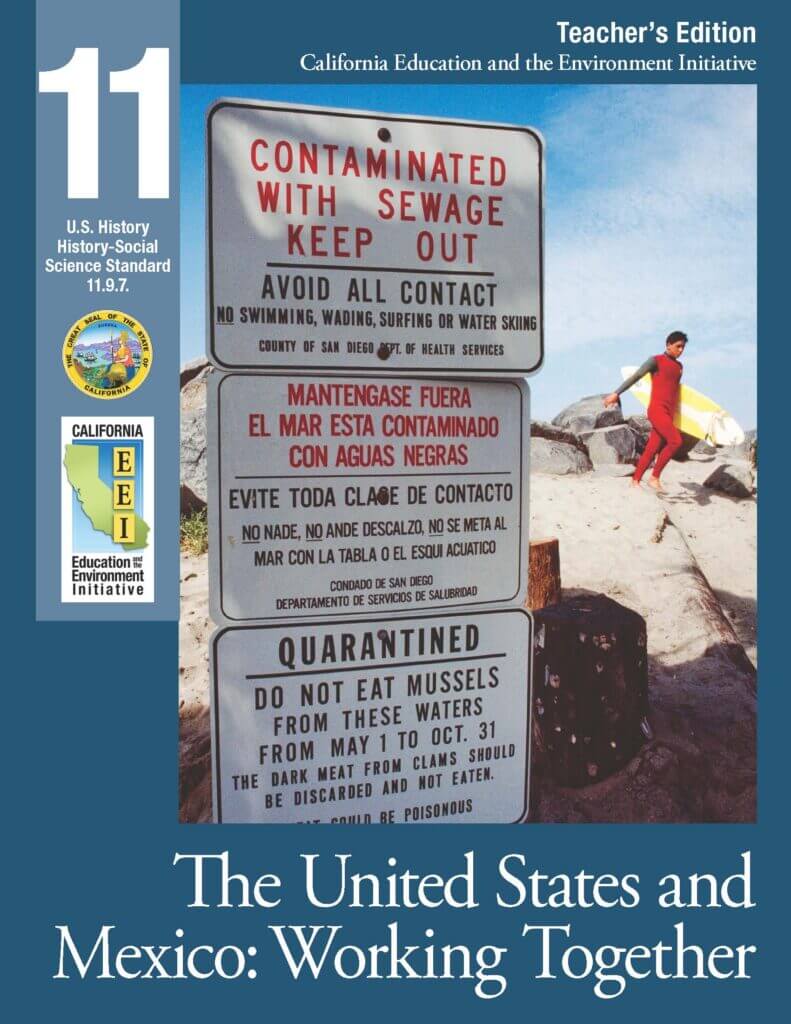
Students learn about treaties and agreements between the United States and Mexico related to environmental concerns.
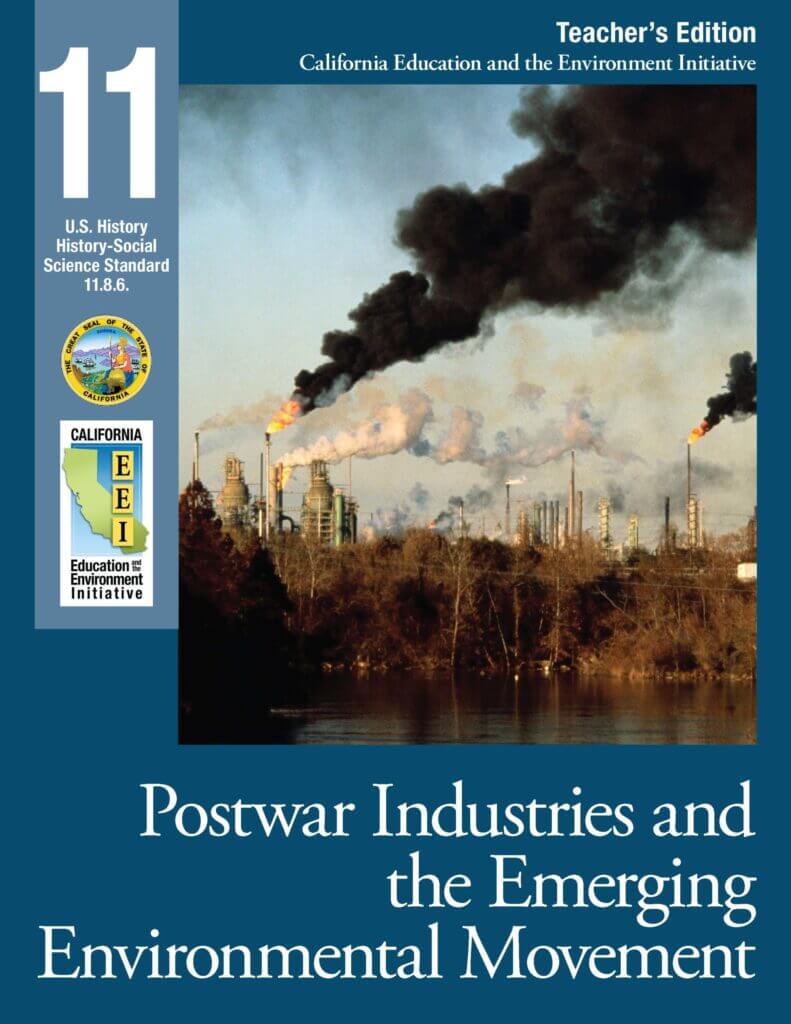
Examine the economic boom that followed World War II, especially in agriculture and energy industries. Explore how technological changes after World War II resulted in increased demands for natural resources.
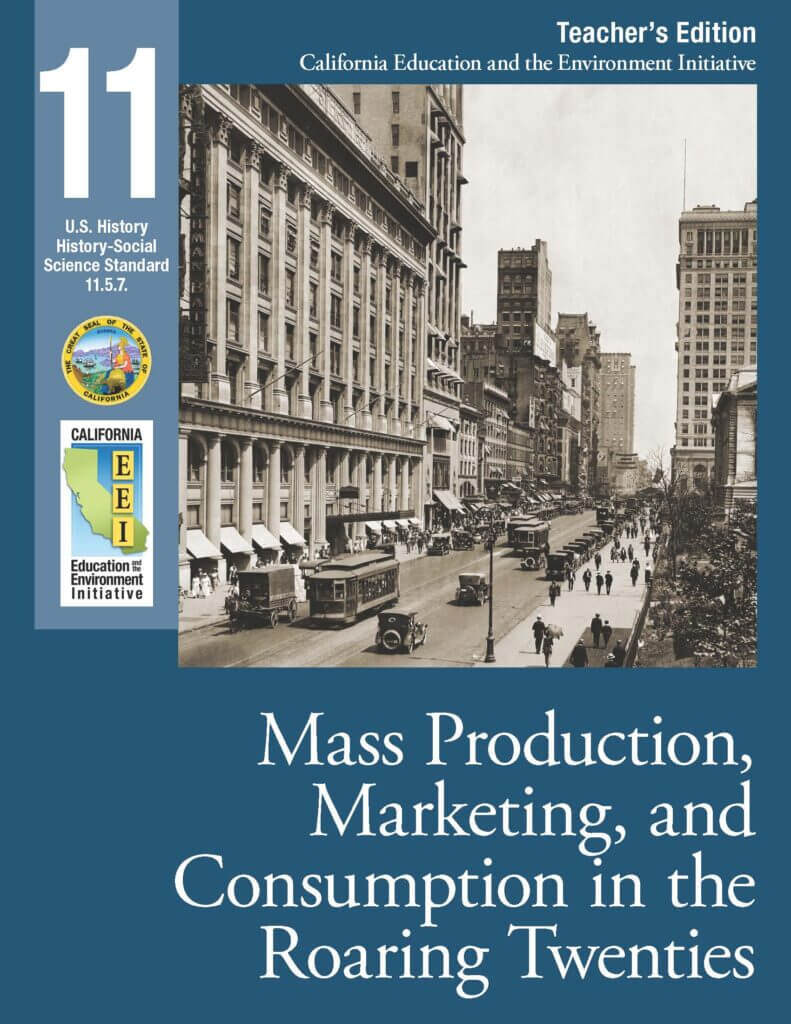
Students explore the “Roaring Twenties” to understand the dynamics of economic change and its social, political, and environmental consequences.
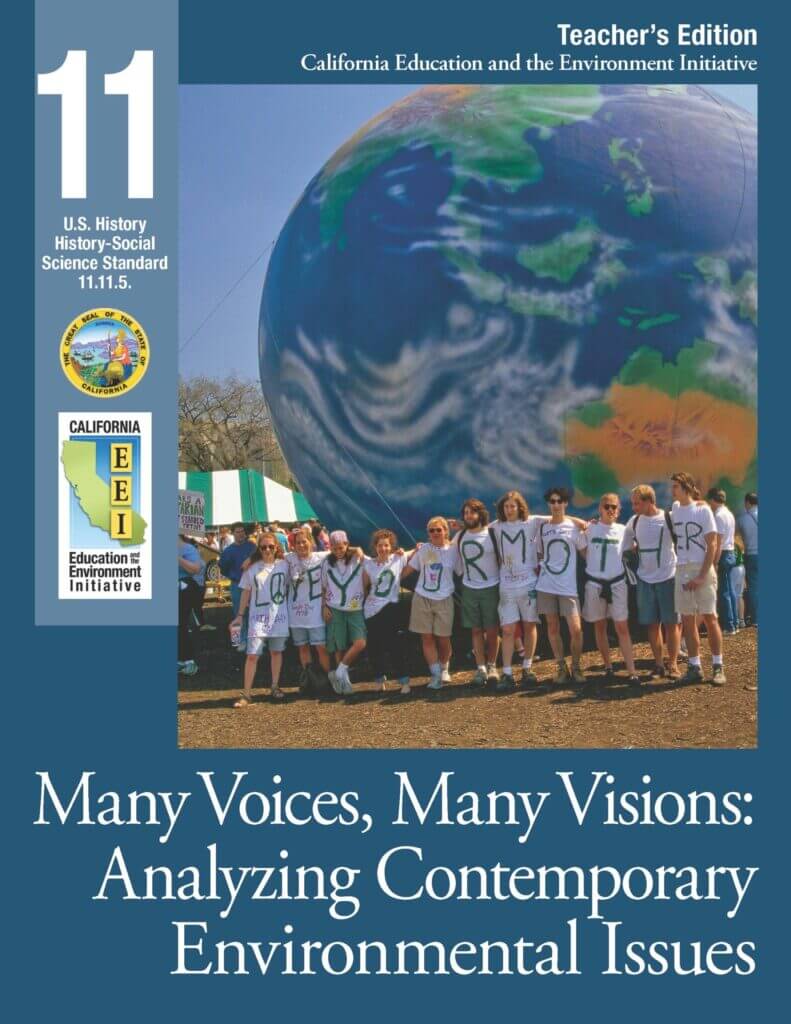
This unit focuses on the wide range of considerations and decision-making processes affecting natural resources management policies.
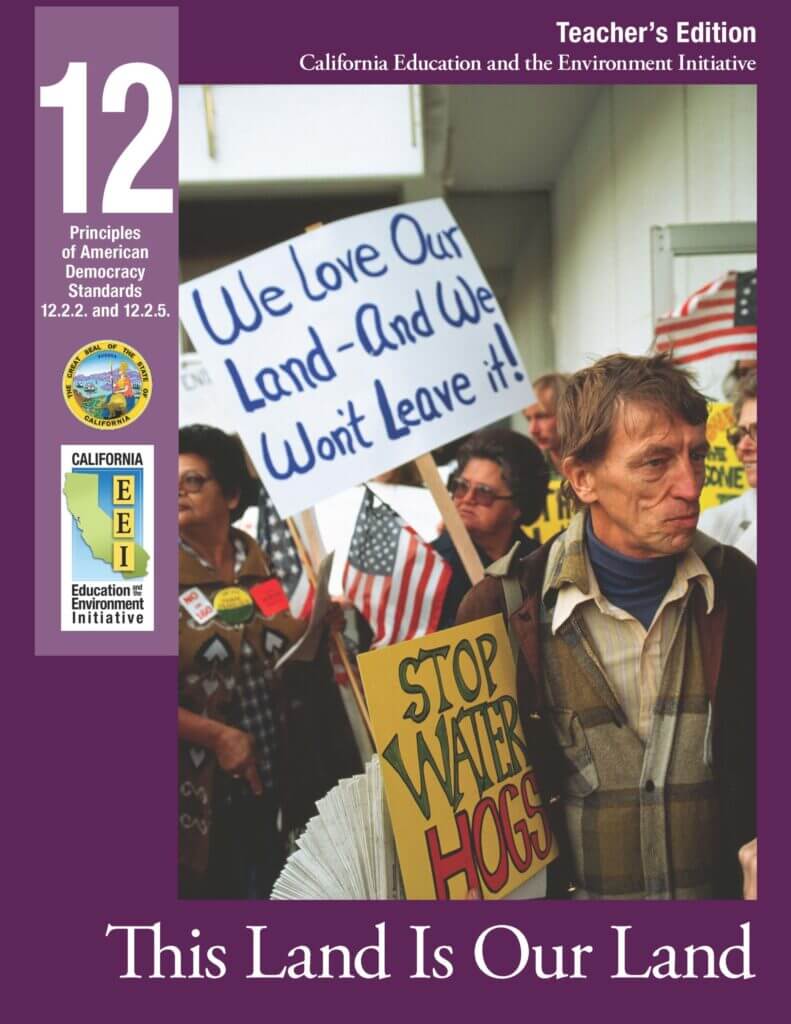
Explore California-specific laws, regulations, policies, and decision-making processes related to environmental decisions and individual rights.
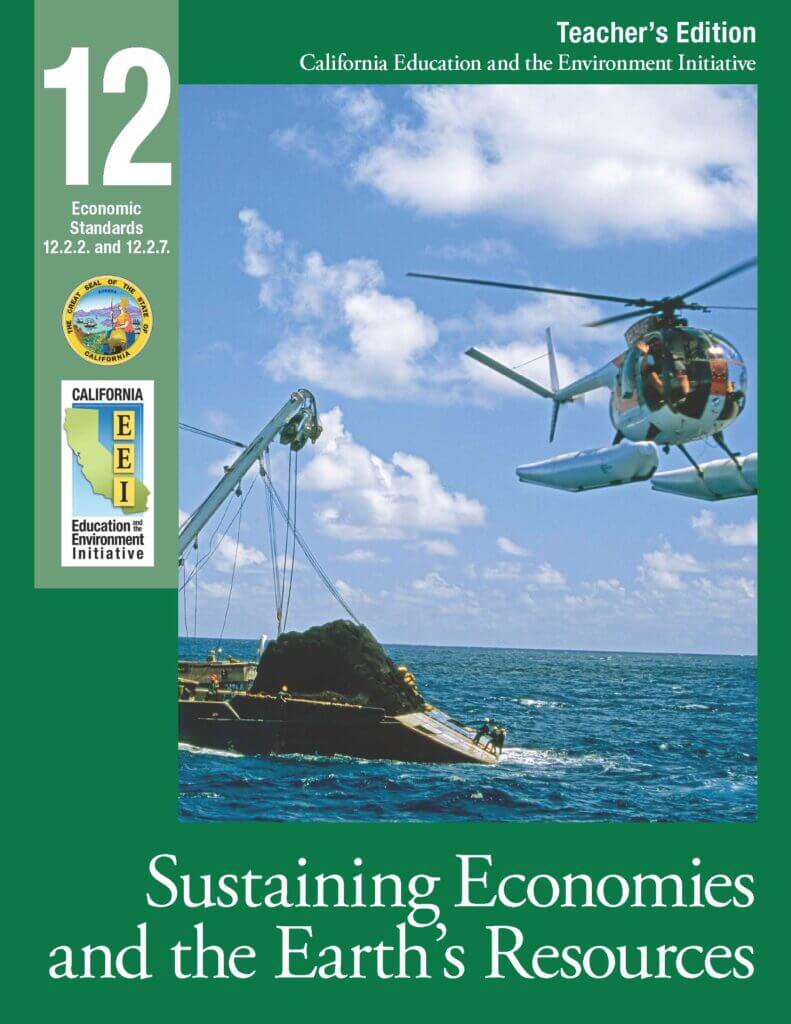
Students study “sustainable economics,” an economic system with a focus of sustaining ecosystem goods and services over a long period of time.
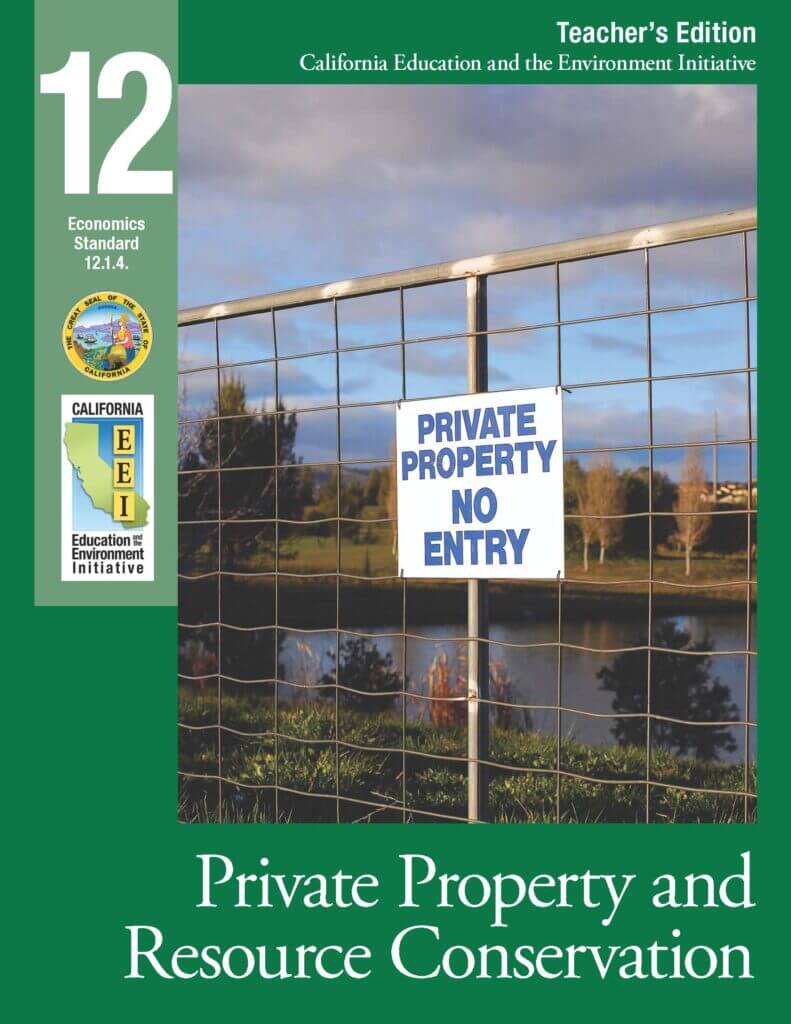
Students explore economic issues as they relate to resource conservation.
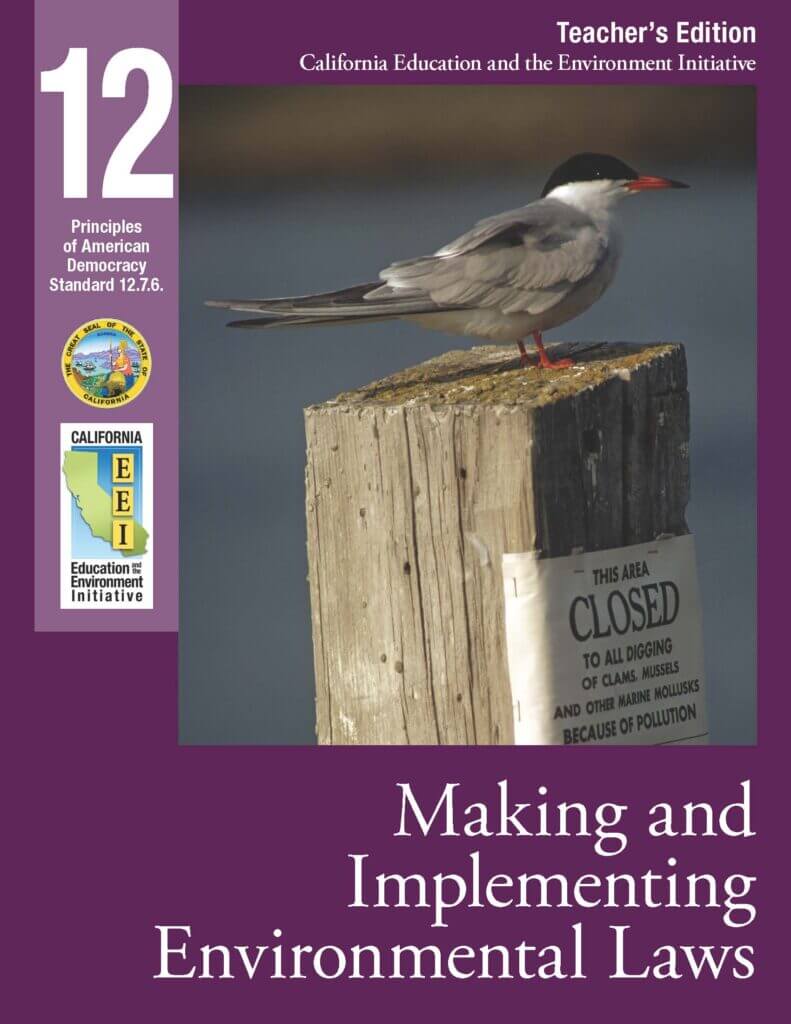
This unit examines lawmaking processes and roles of federal, state, and local governments related to environmental and public health.
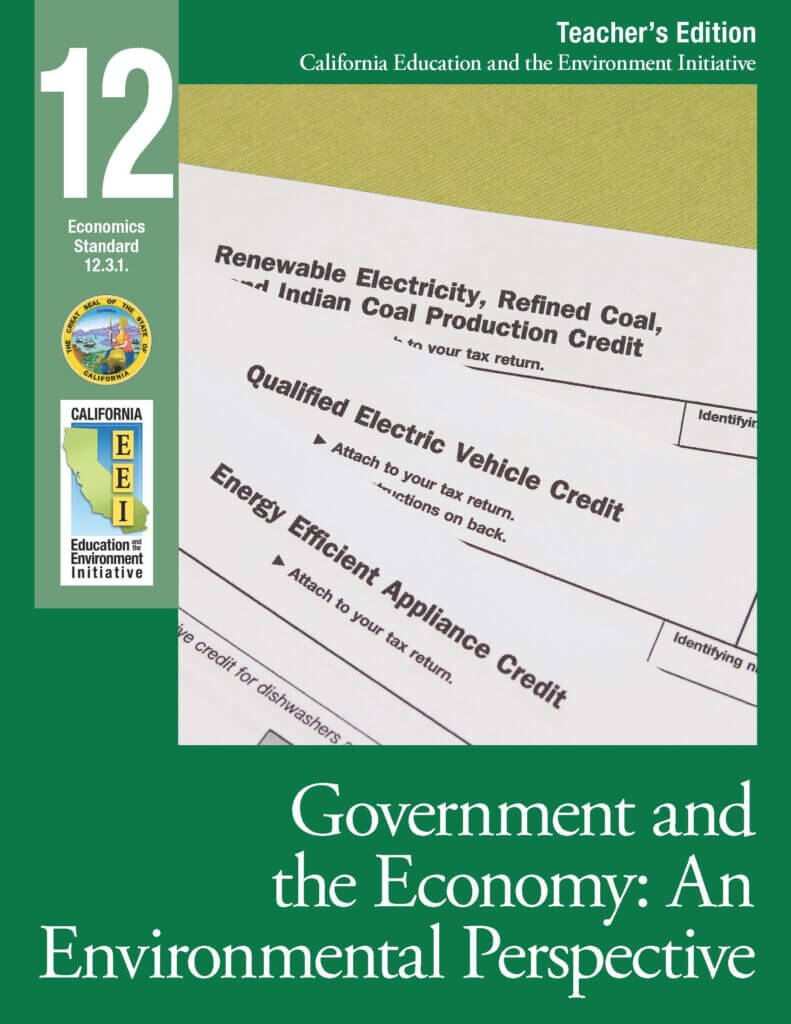
This unit focuses on understanding the role of government in a free-market economy from the perspective of addressing environmental concerns.
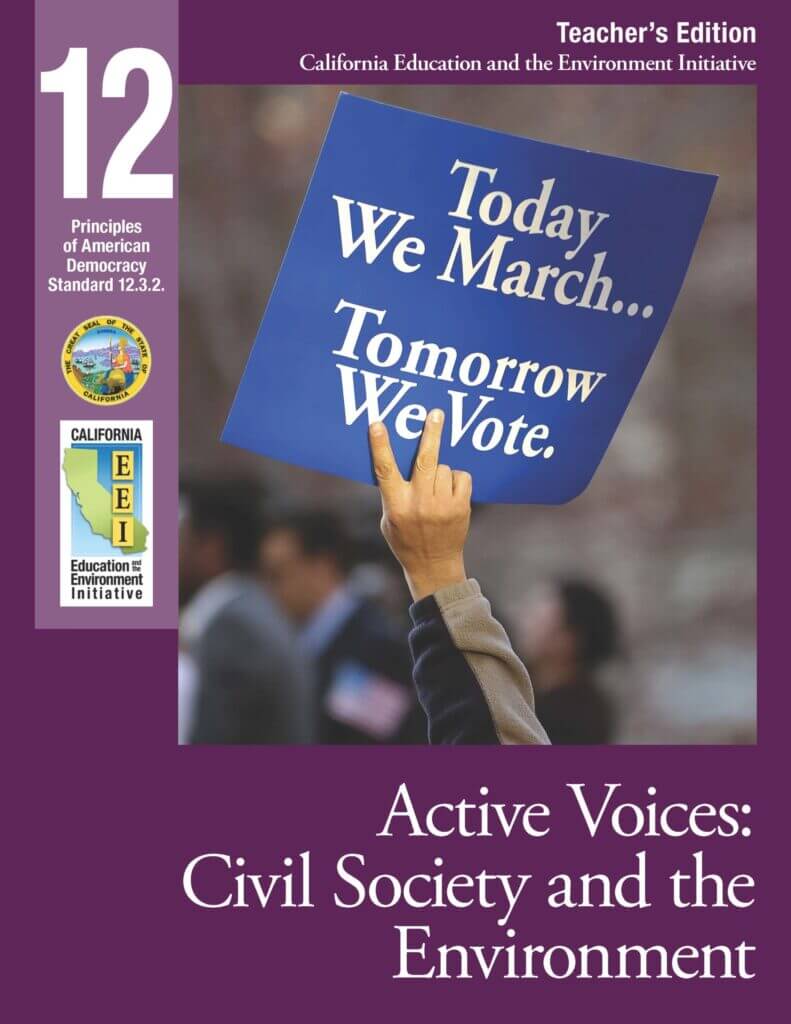
Examine how citizens have influenced governmental issues in ways other than voting.
"*" indicates required fields
Copyright © 2025 Ten Strands
Notifications